Hello everyone!
Padua is a small Italian city rich in history and traditions. One of the reasons why it is best known is undoubtedly its university. In fact, this university excels in numerous disciplines, including biological sciences.
Today I take you with me to discover the botanical garden of the University of Padua. It has very ancient origins: it was established in 1545 for the cultivation of medicinal plants, also called "semplici", that is the plants that were used for the preparation of medicines. Precisely for this reason, the first botanical gardens were called "giardini dei semplici” in Latin “horti simplicium”. The establishment of the garden was essential to educate young students in the recognition of medicinal plants, in such a way as to be able to clearly distinguish them from the numerous fake plants. In fact, at the time errors and even frauds were frequent, with serious damage to public health.
Due to the rarity of the plants contained and the price of the medicines obtained from them, the garden was often the object of night thefts, so much so that a circular enclosure wall was soon established which gave the name of "hortus sphaericus" or "hortus cinctus".
The botanical garden of Padua was continuously enriched with both native plants and plants from various parts of the world, as the Republic of Venice engaged in numerous overseas trade exchanges. For this reason, the garden became a point of reference in the introduction and study of numerous exotic species.
Currently, the botanical garden of Padua can be distinguished in the old part and in the new part. The latter, in particular, arises from a need for renewal well after 450 years of life and is called the "Garden of biodiversity". It is a complex that houses numerous greenhouses, a real showcase that represents the species present from the most varied parts of the globe. Within the biodiversity garden, the climatic conditions also change enormously, as there are areas that allow the growth of the rainforest, with abundant humidity and high temperatures, and areas where life seems made almost impossible by the glacial temperatures and low humidity.
Over the centuries, the garden has been located at the center of a dense network of international relations, exerting a profound influence in the research environment and playing a prominent role in the exchange of ideas, knowledge, plants and scientific material. For this reason, in 1997 the botanical garden of Padua was included in the UNESCO World Heritage List as a cultural asset:
"The Botanical Garden of Padua is at the origin of all the botanical gardens in the world and represents the cradle of science, scientific exchanges and the understanding of the relationships between nature and culture. He has largely contributed to the progress of many modern scientific disciplines, in particular botany, medicine, chemistry, ecology and pharmacy".
I leave you with some photos taken during my visit to the botanical garden of Padua. I hope you like them! Thanks for reading this far.
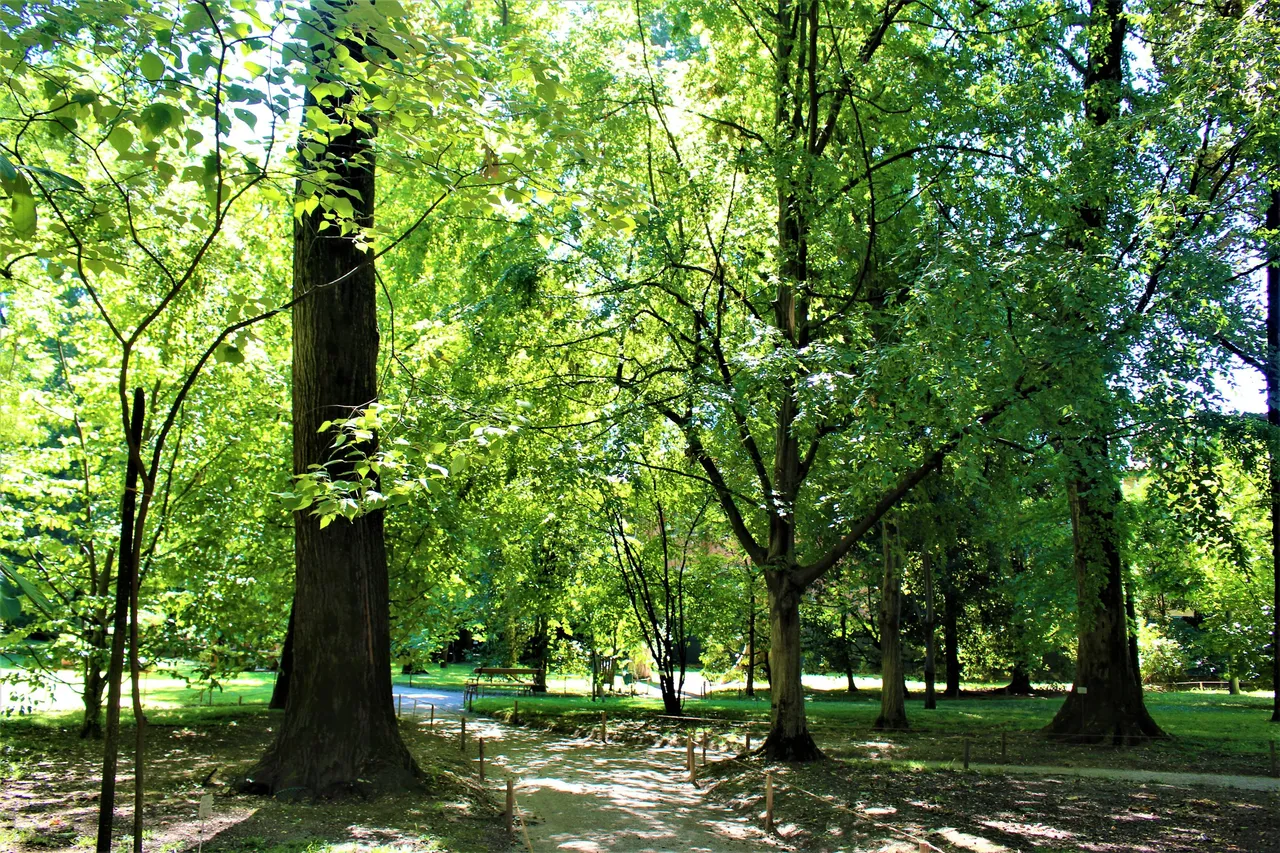
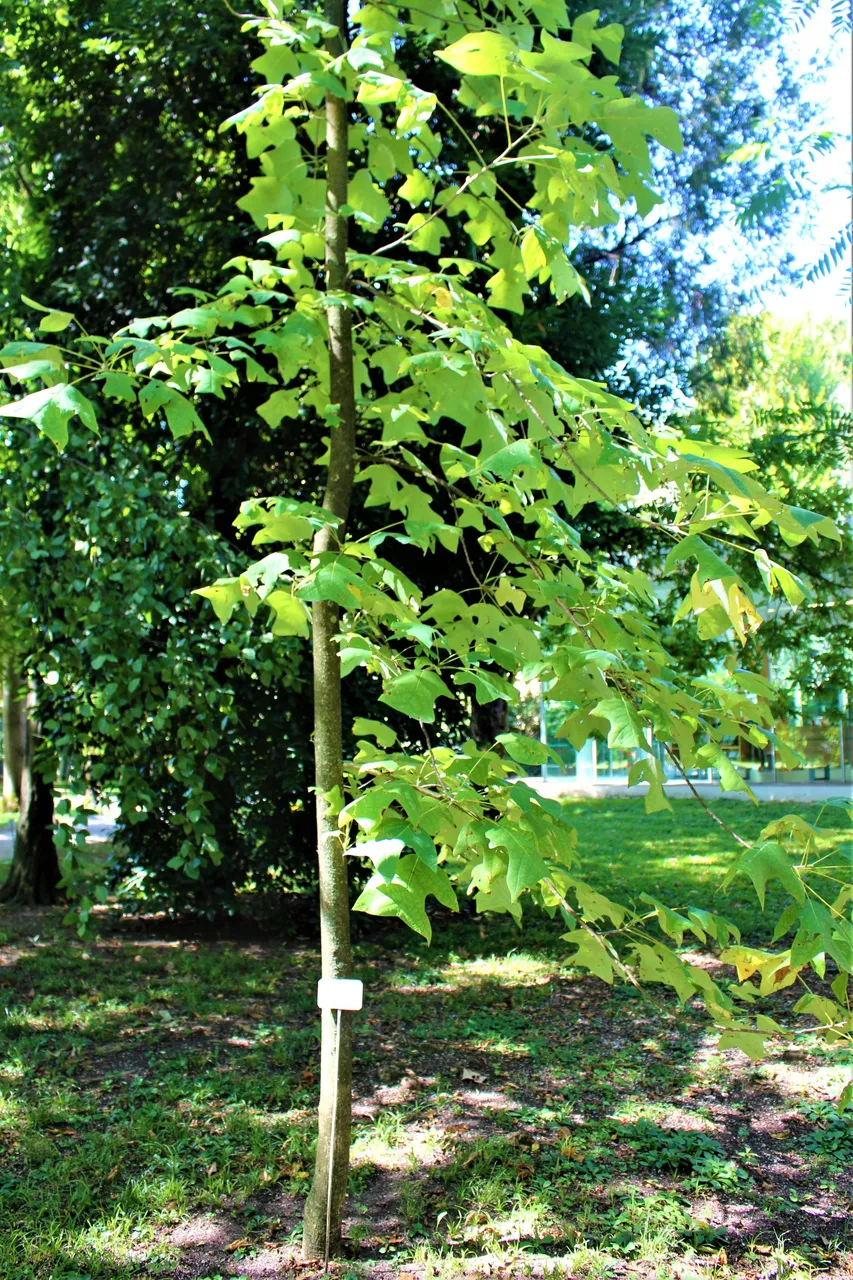
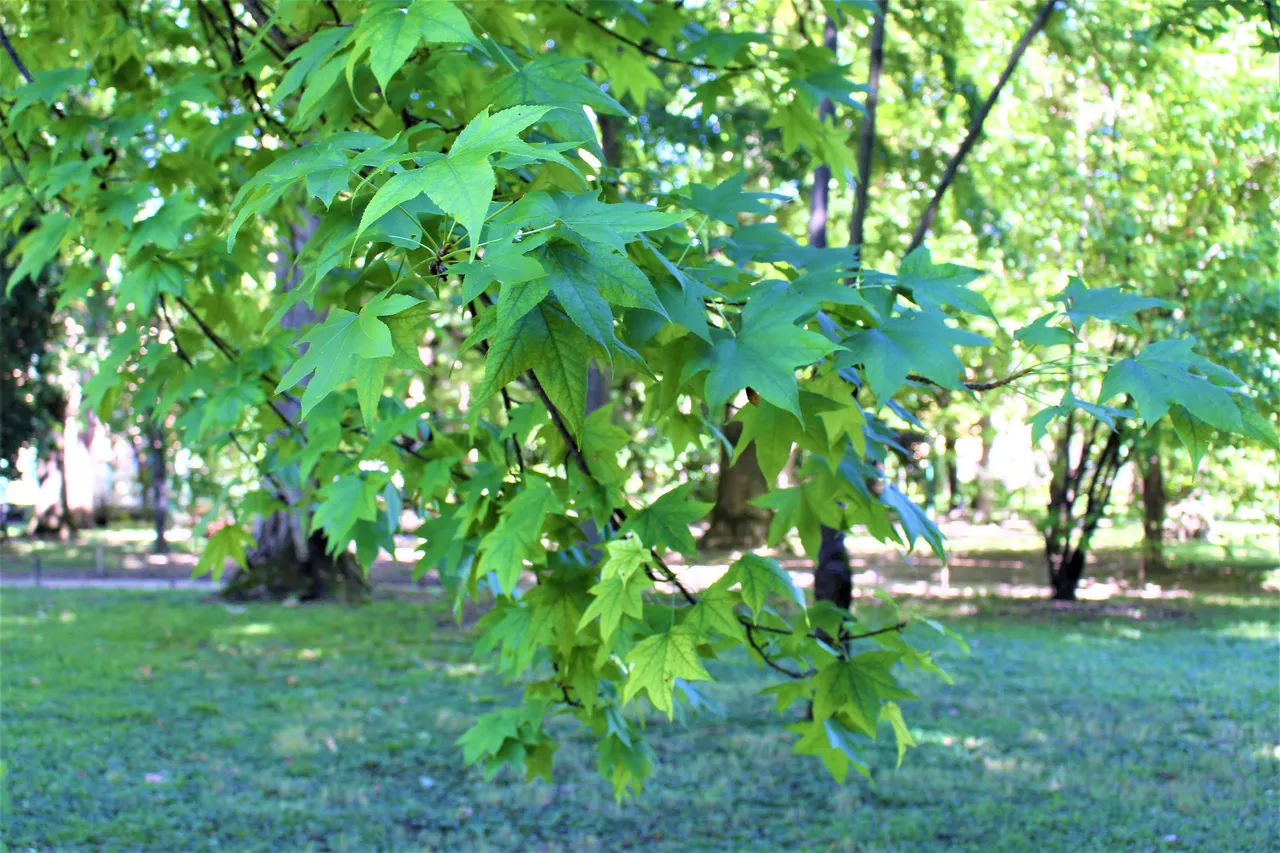
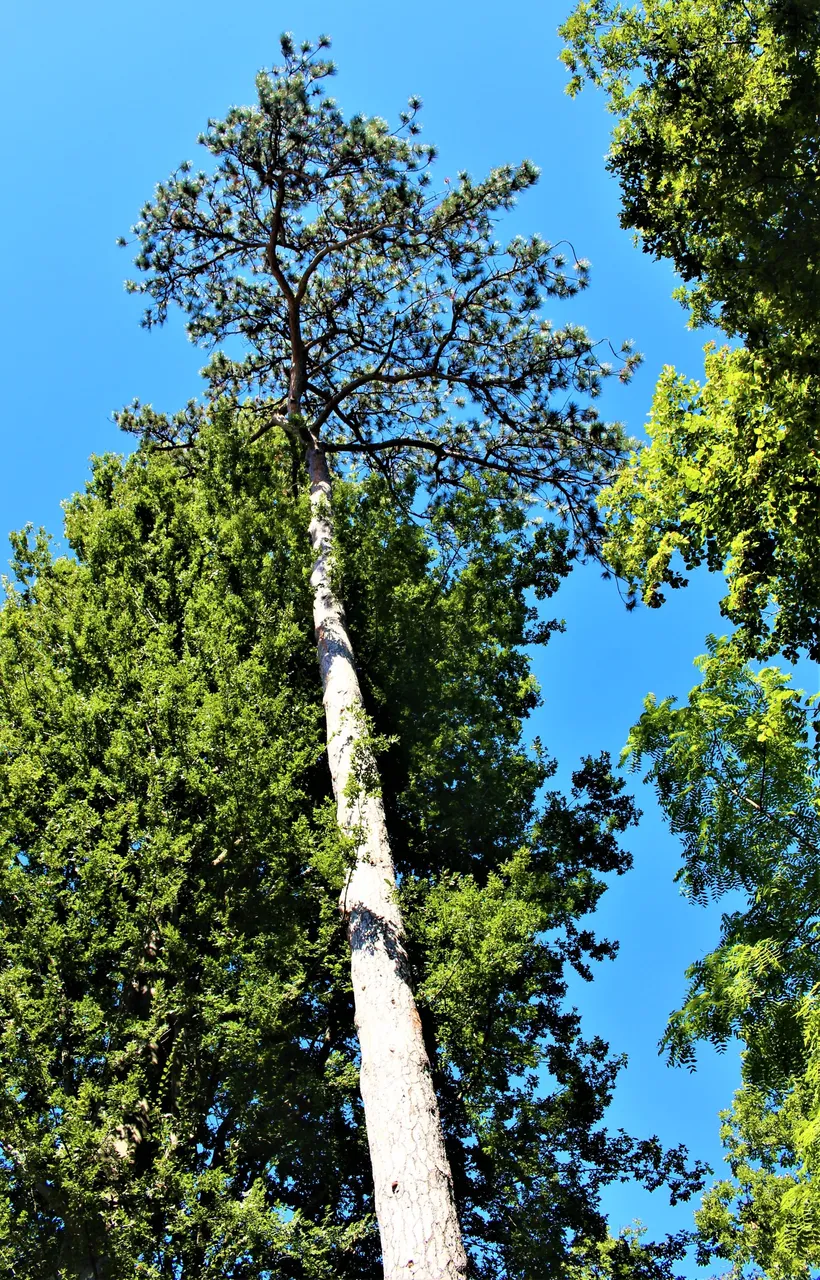
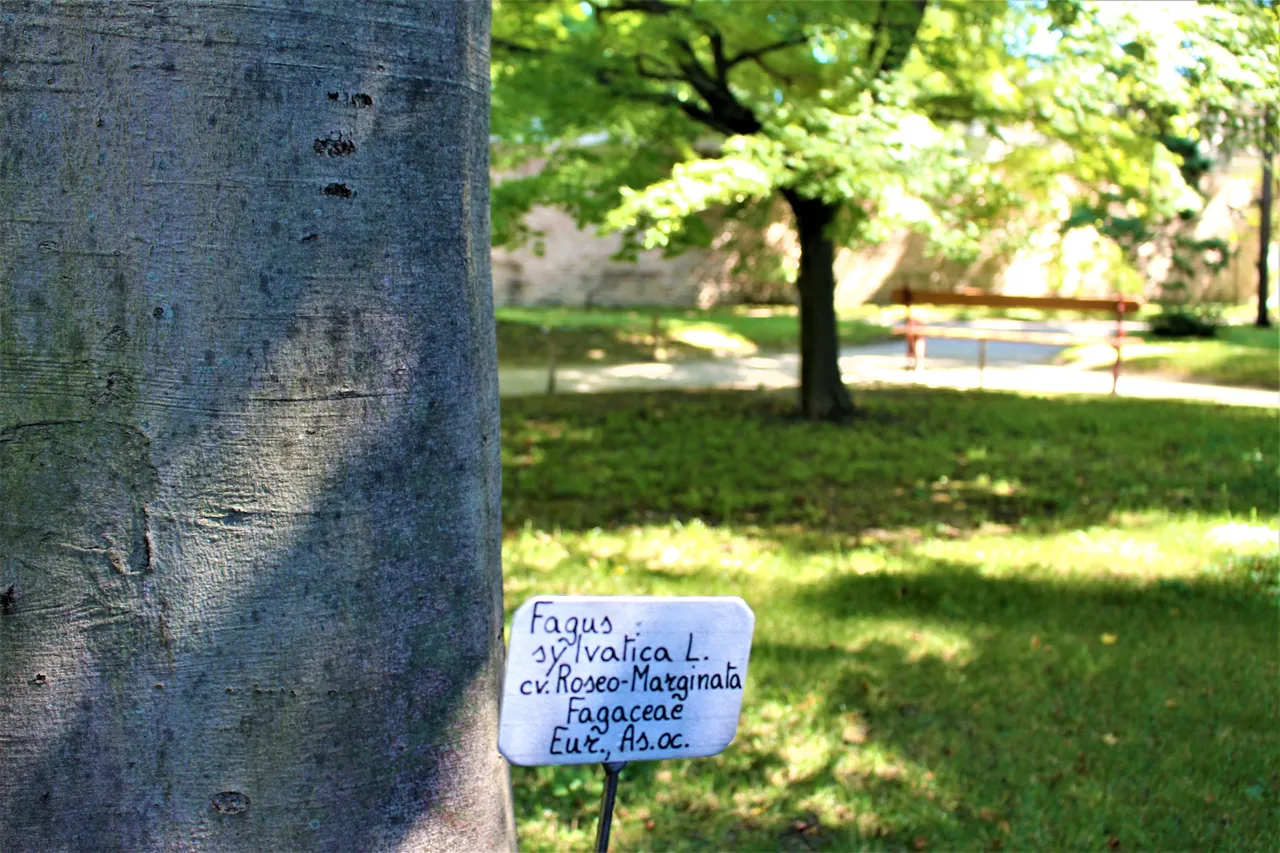
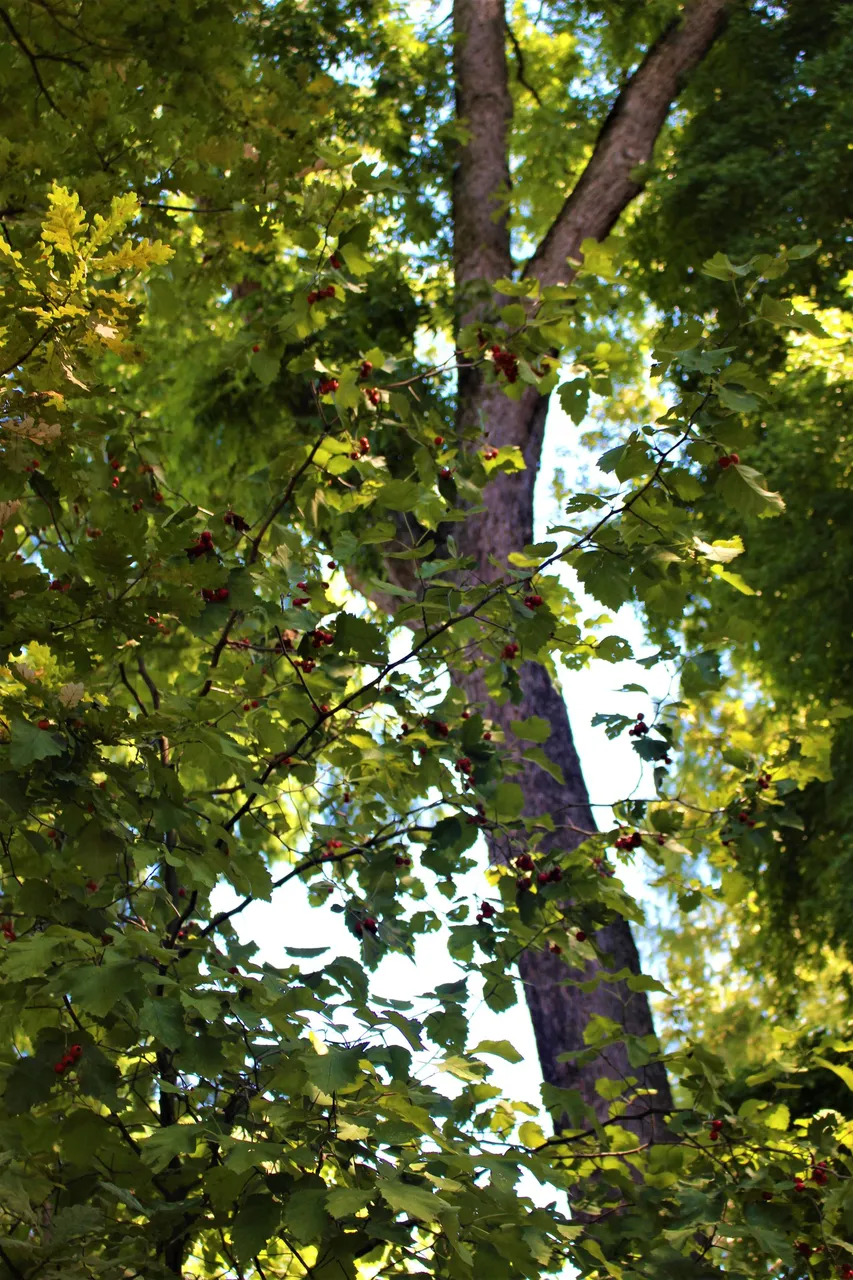
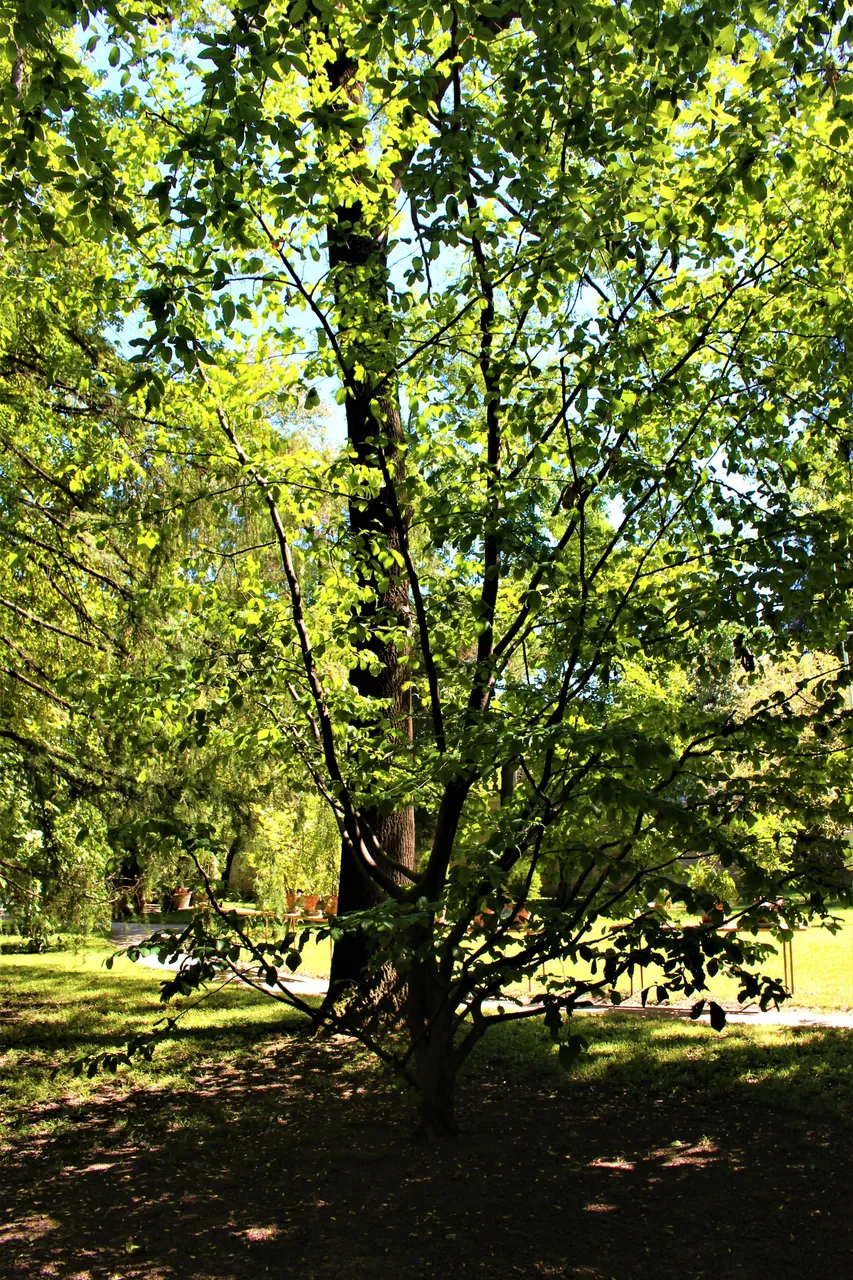
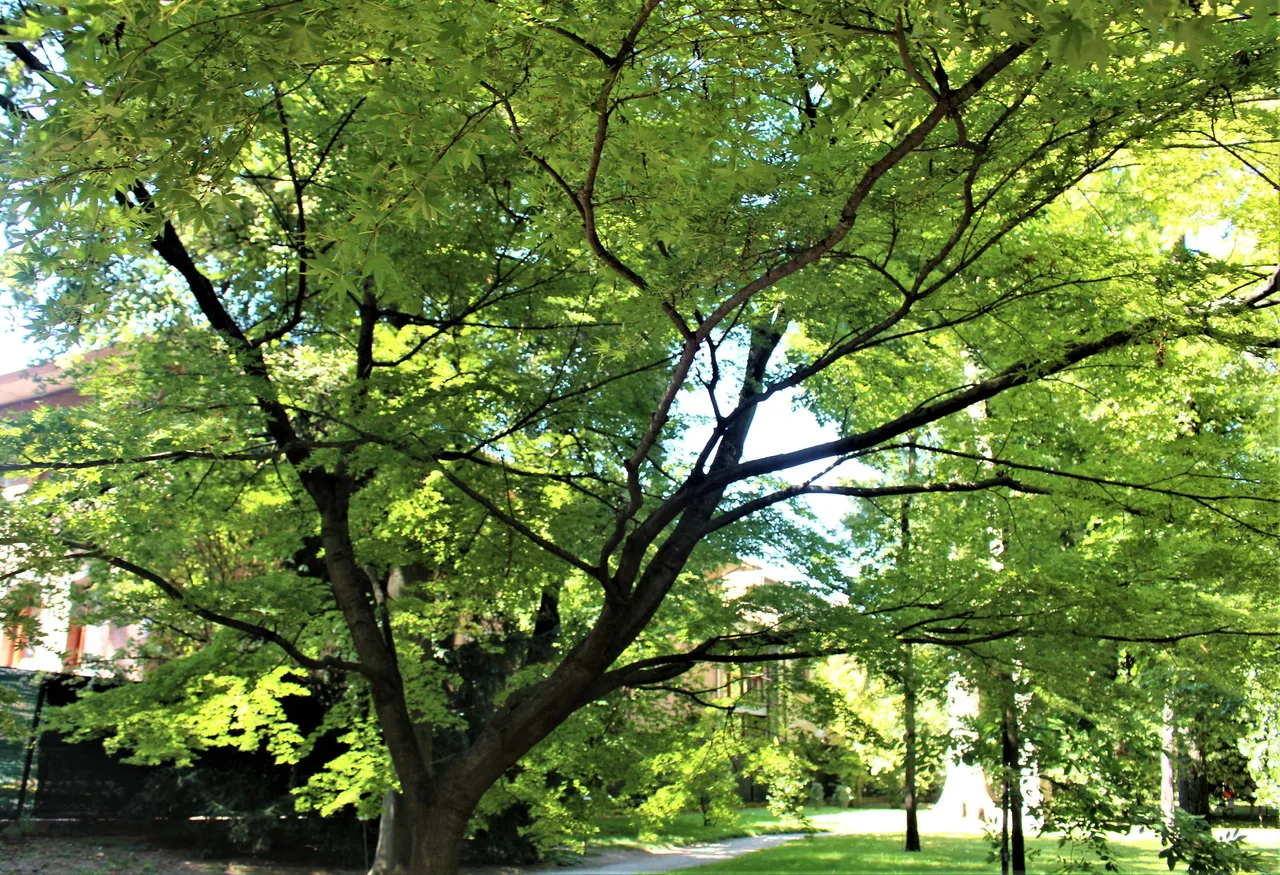
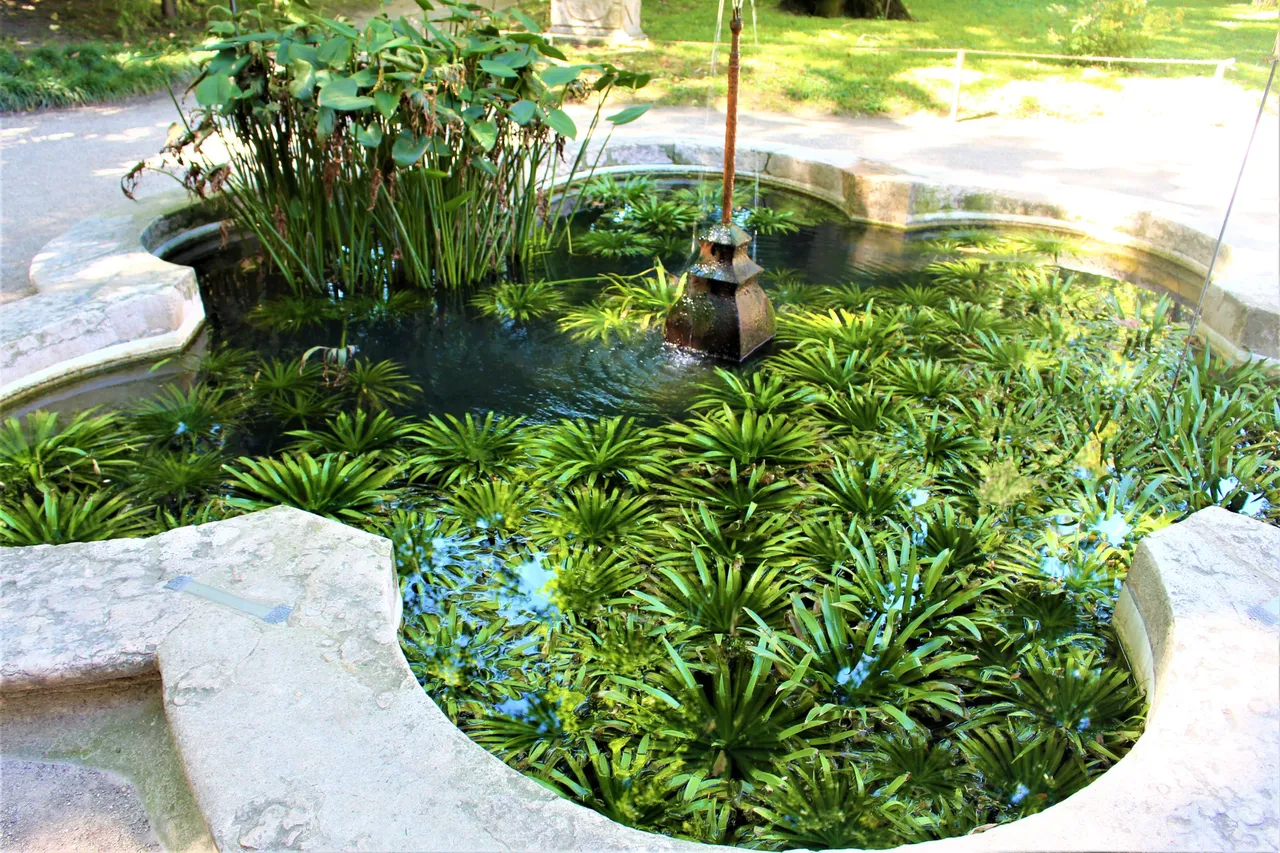
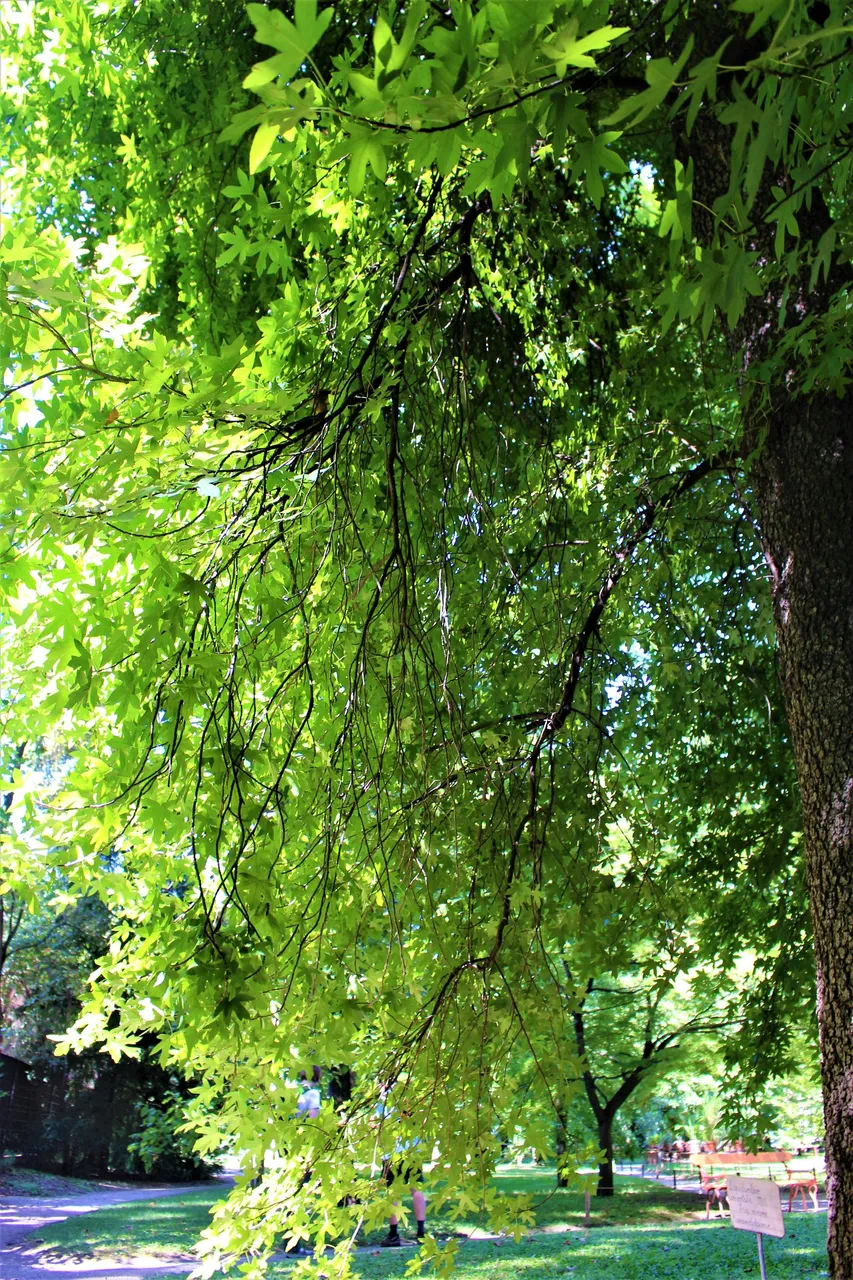
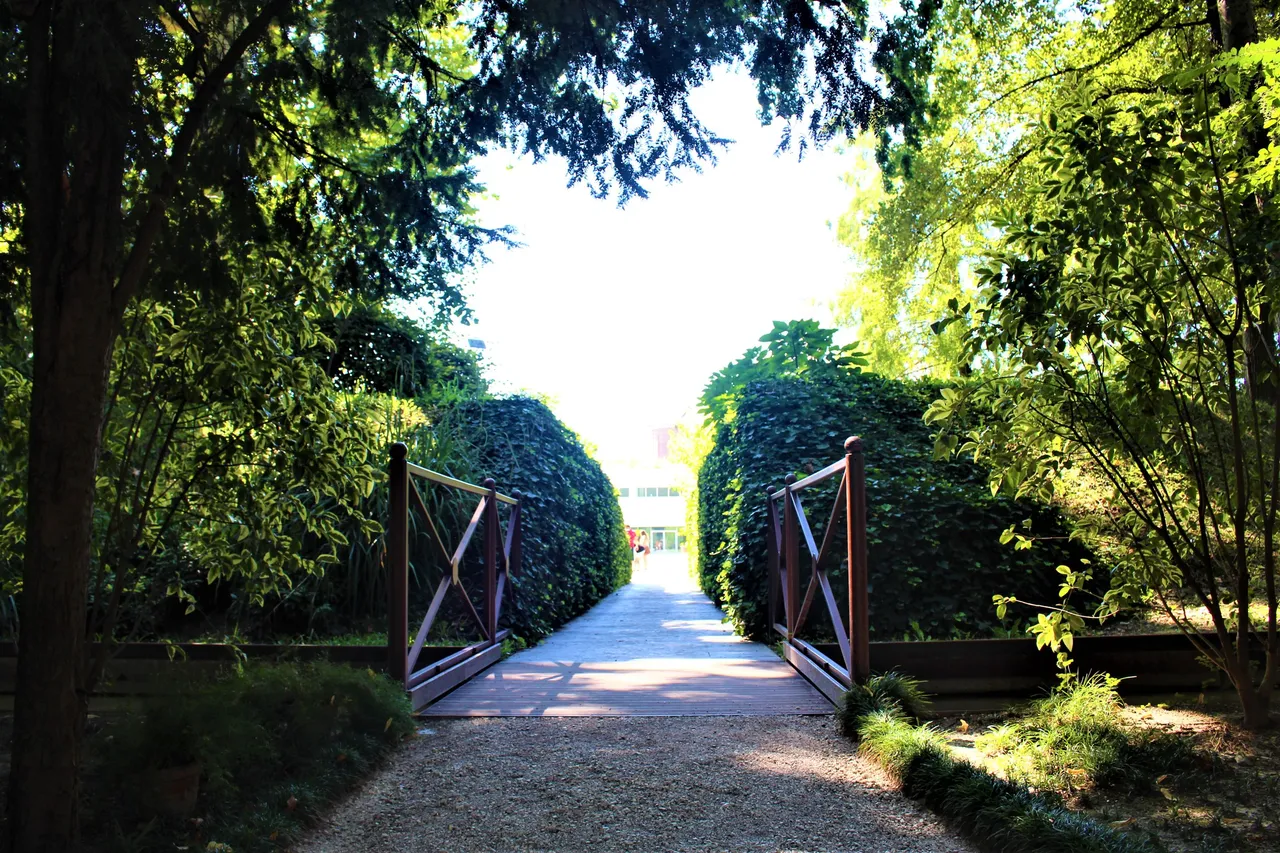

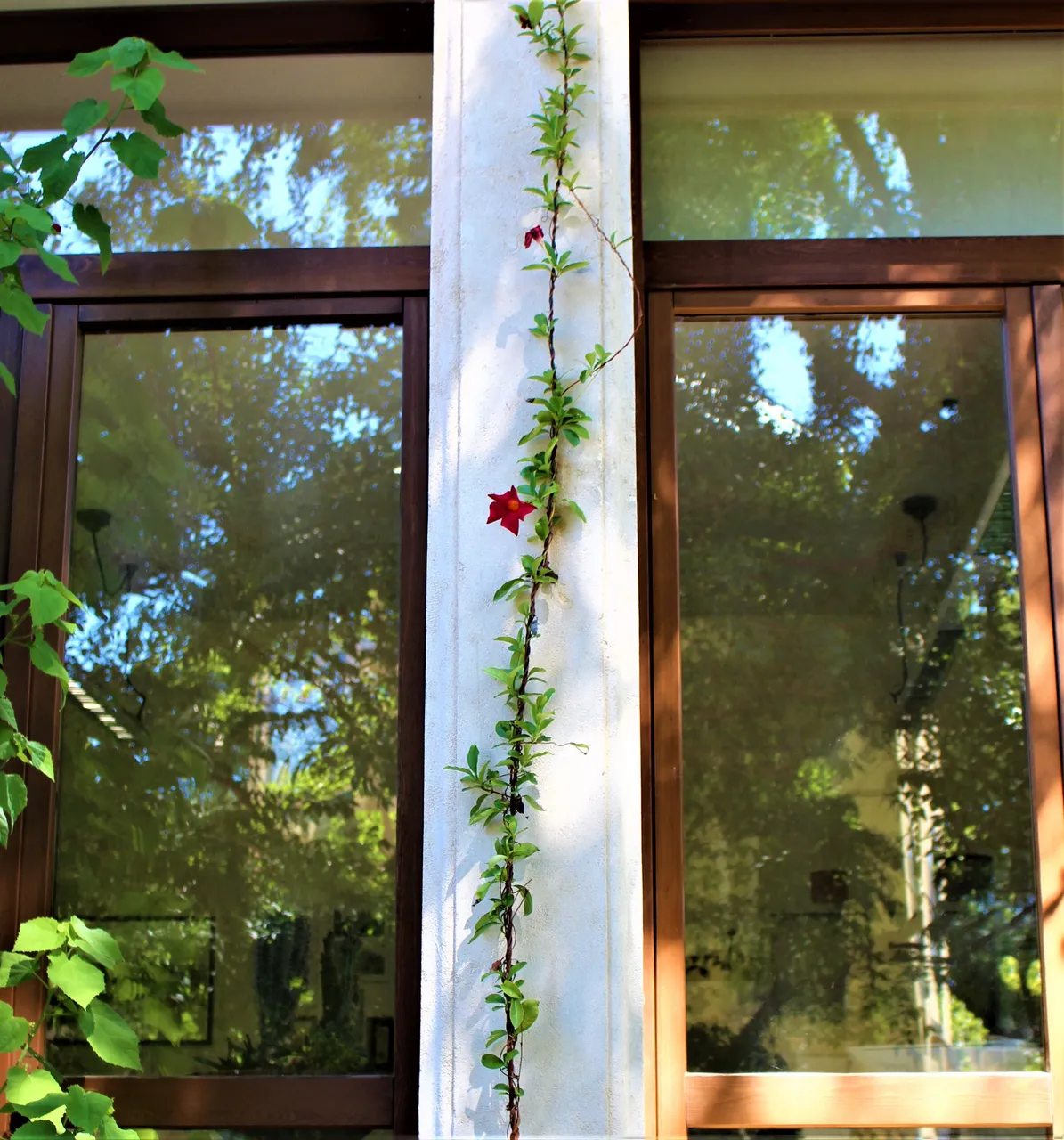
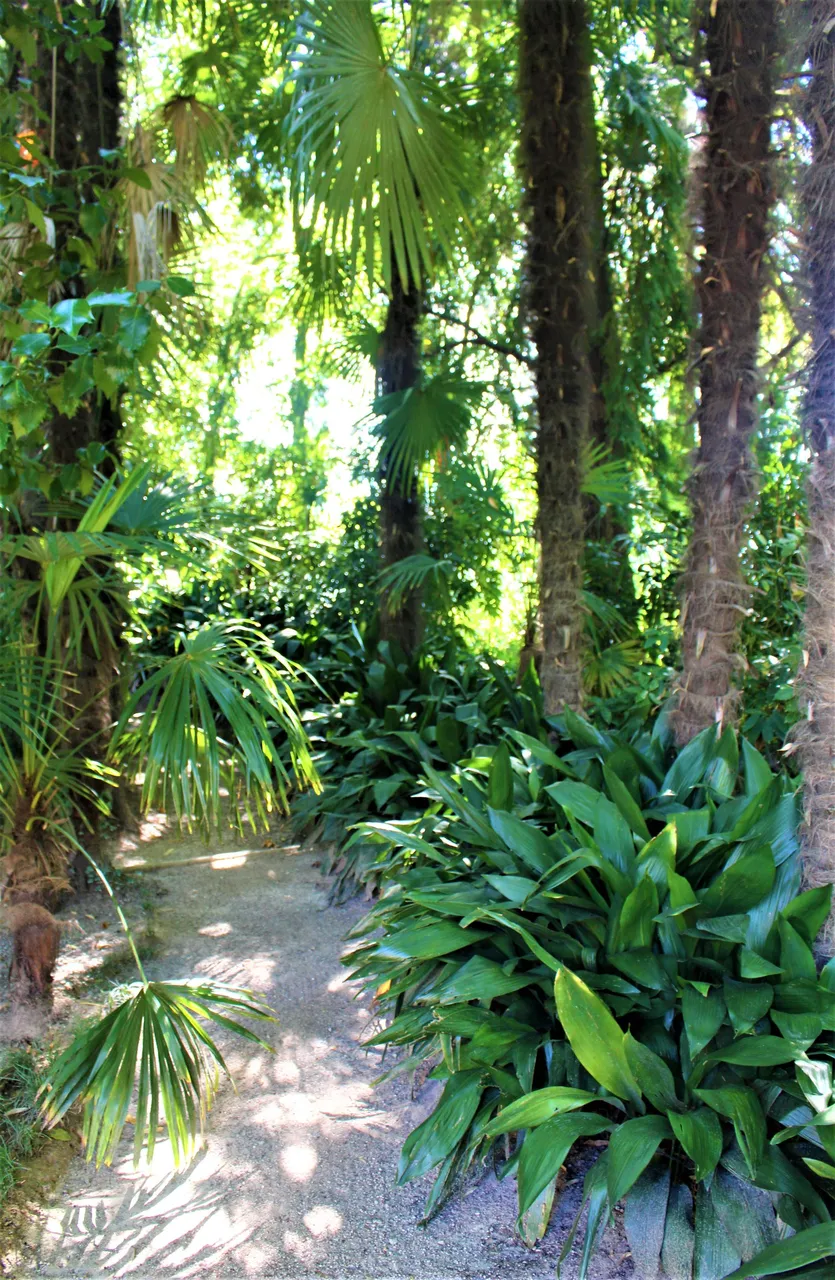

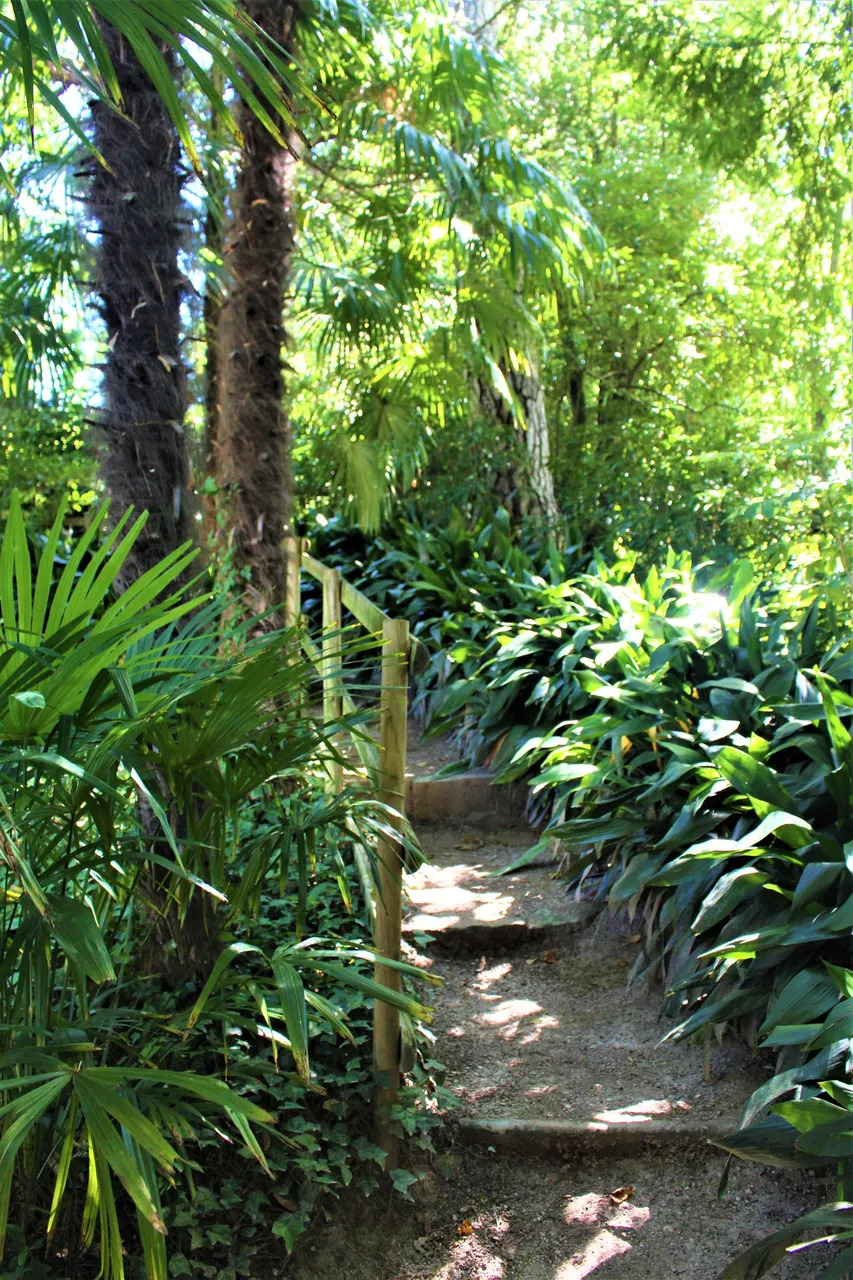
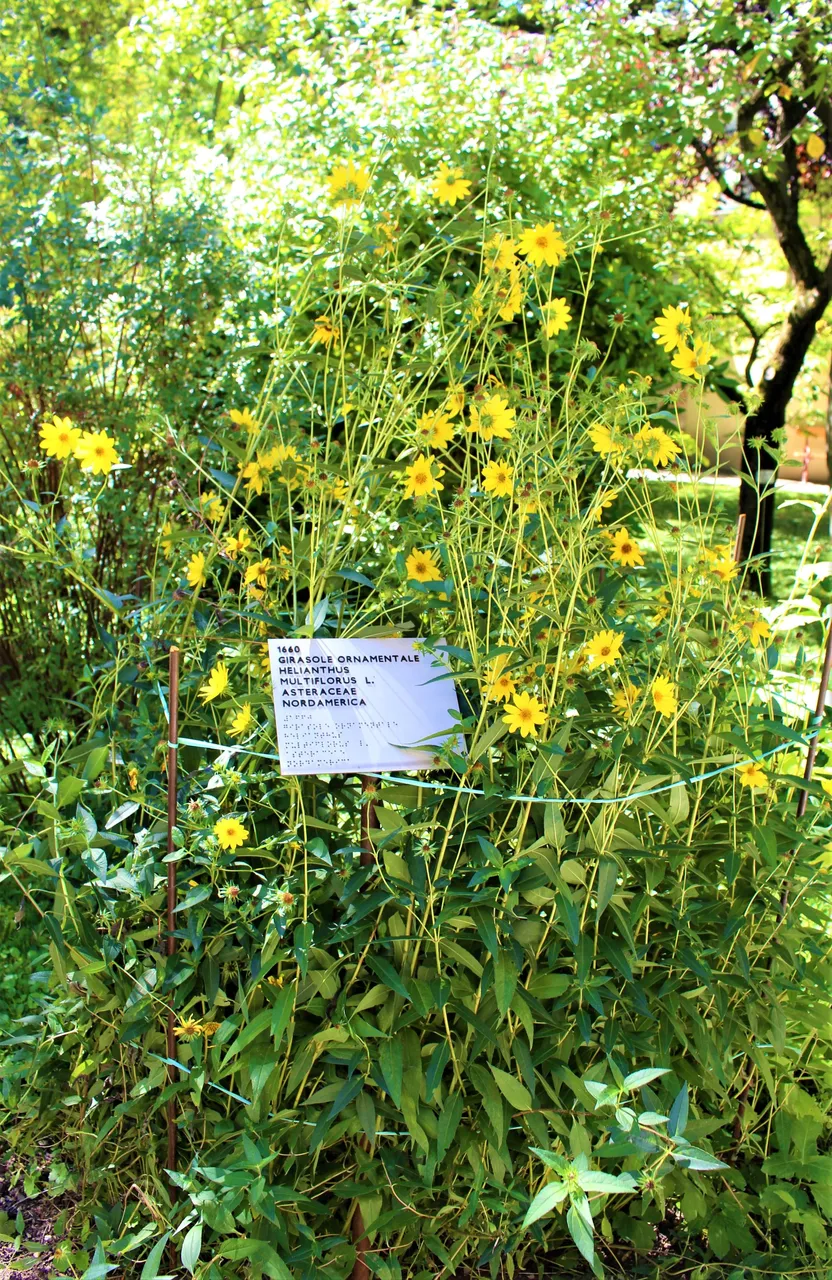
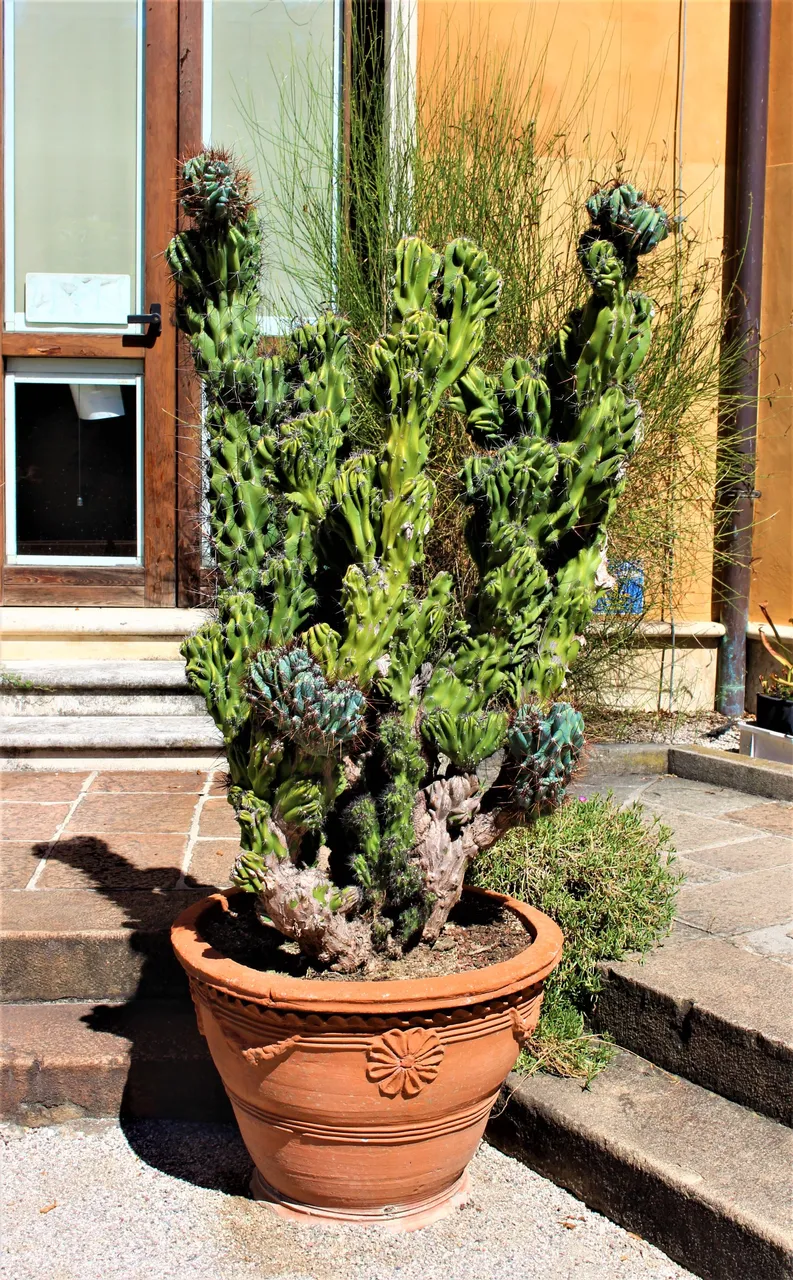
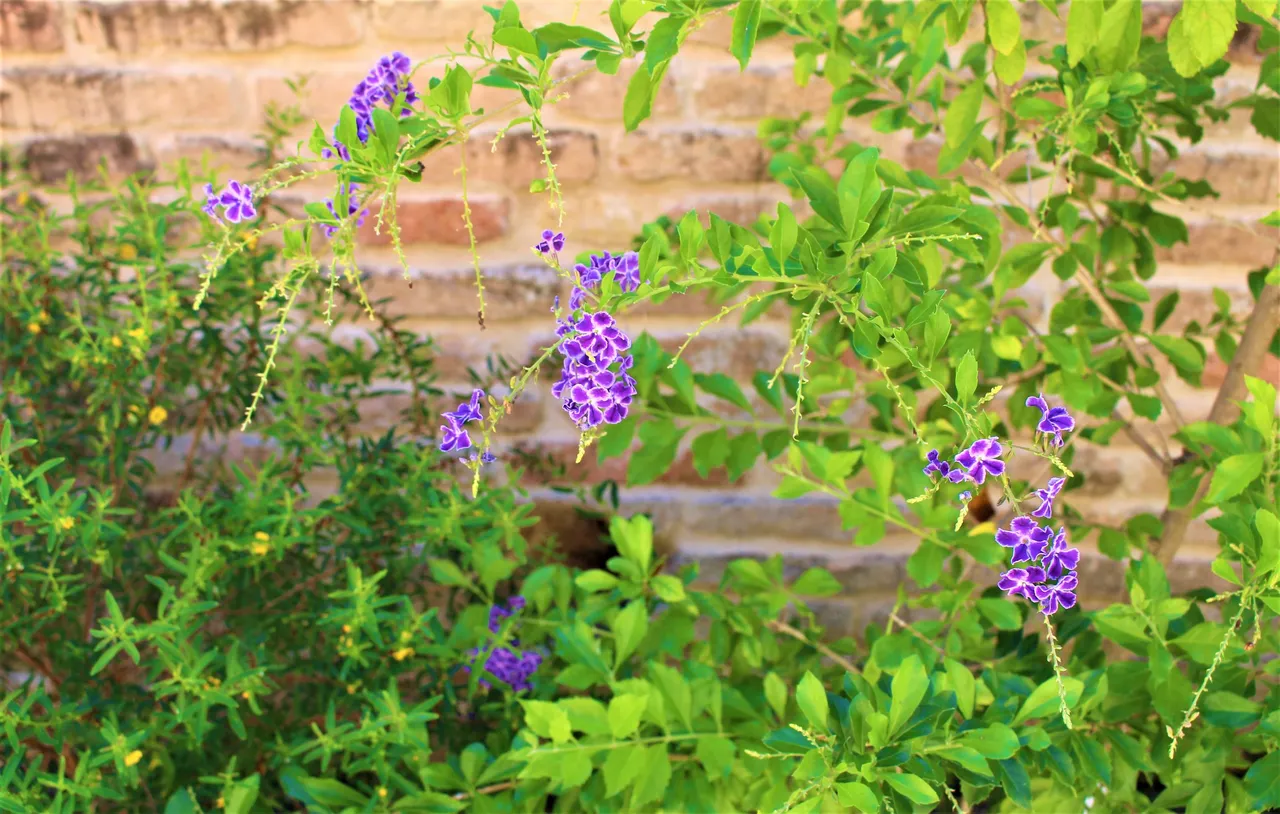
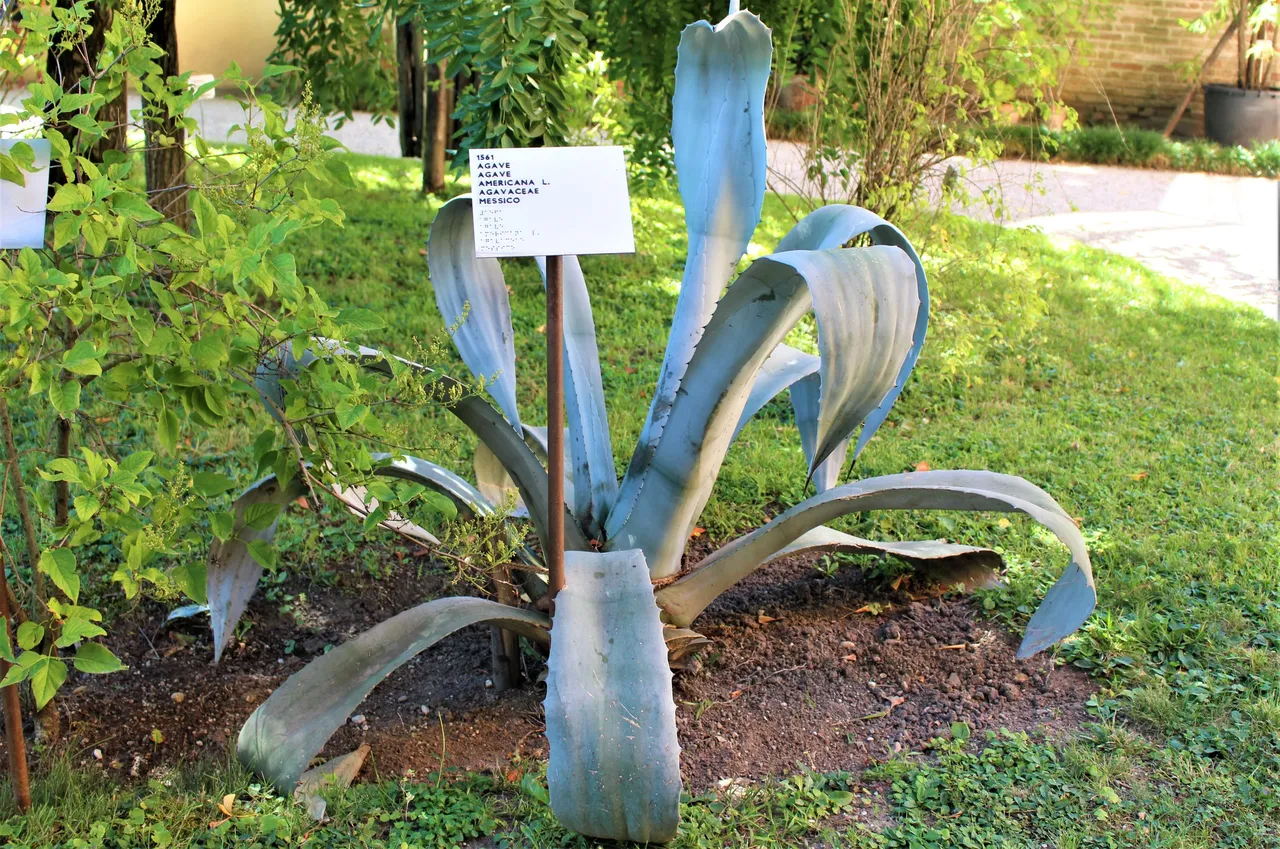
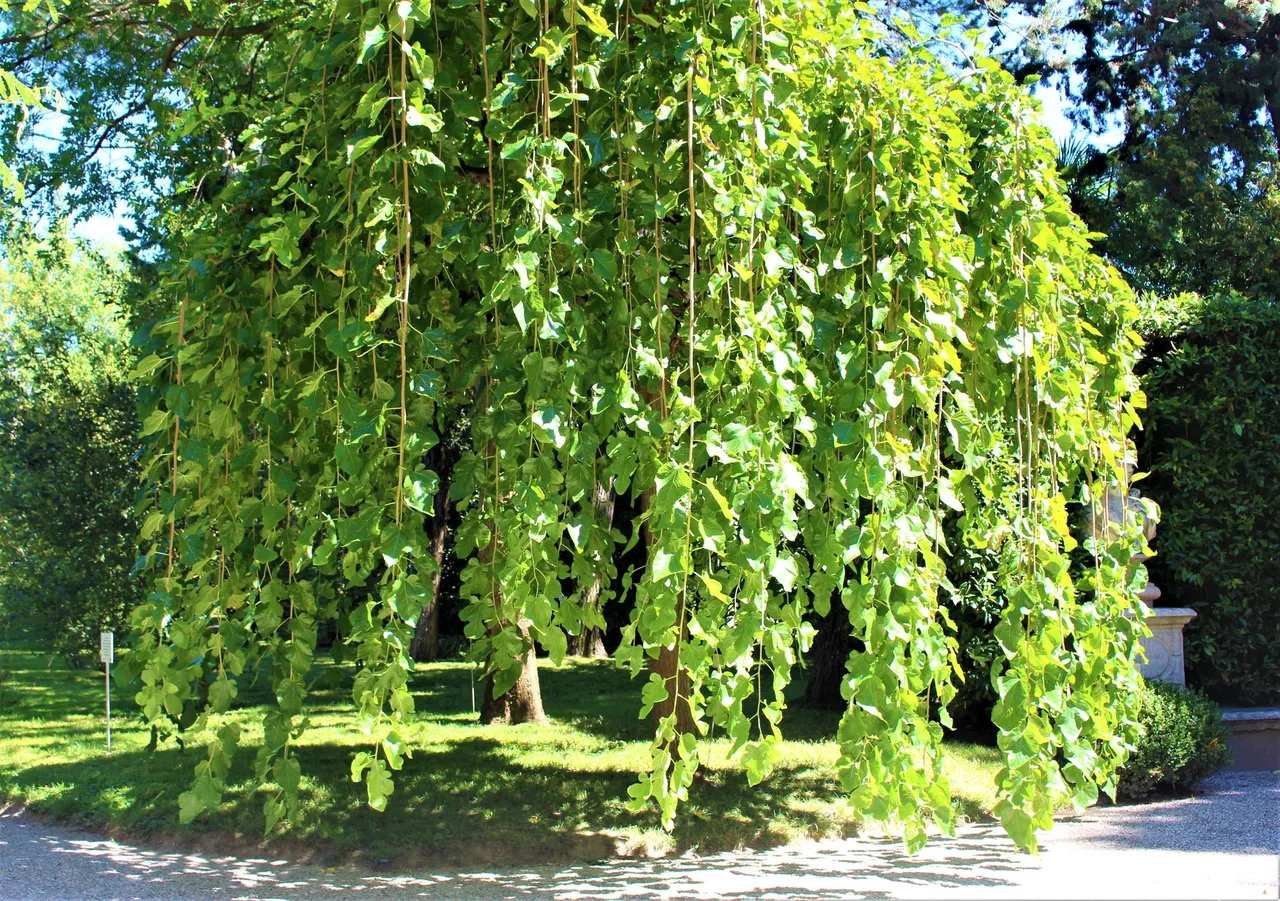
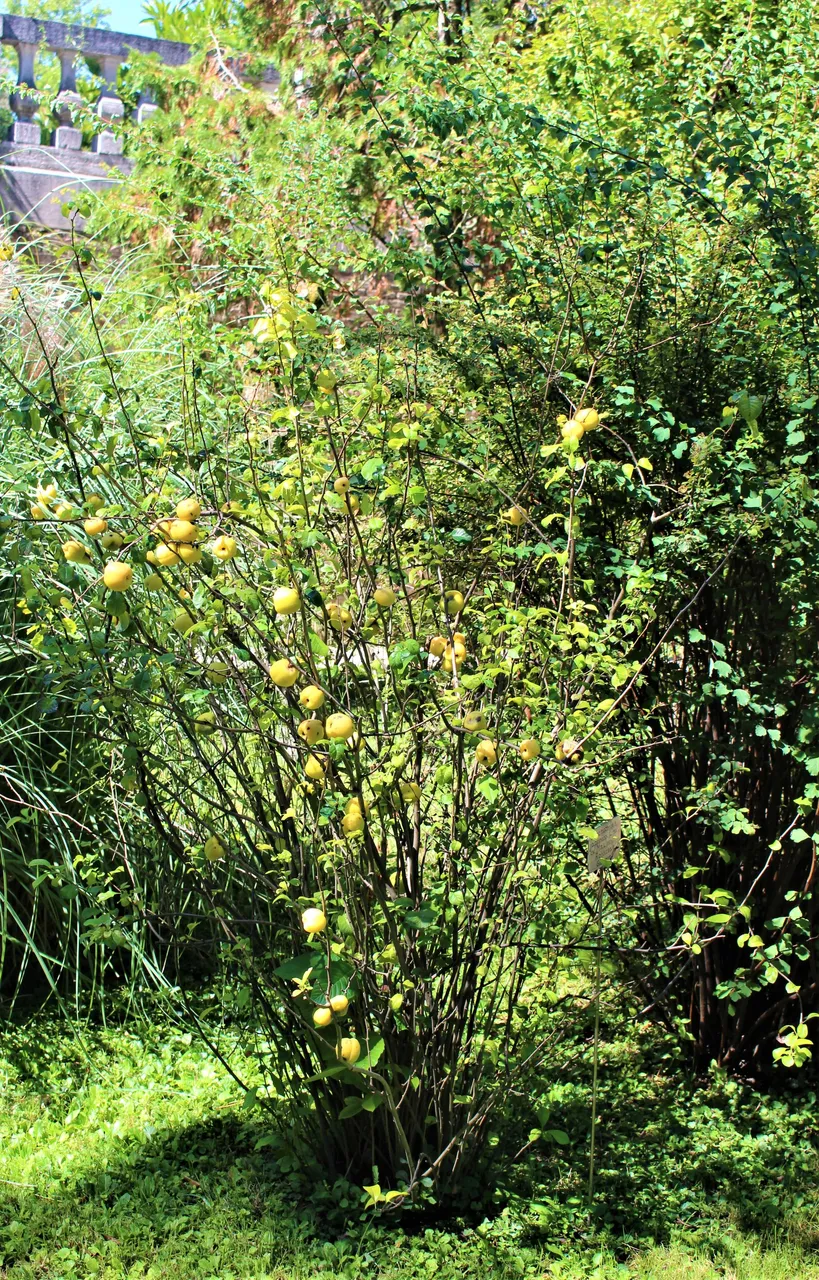
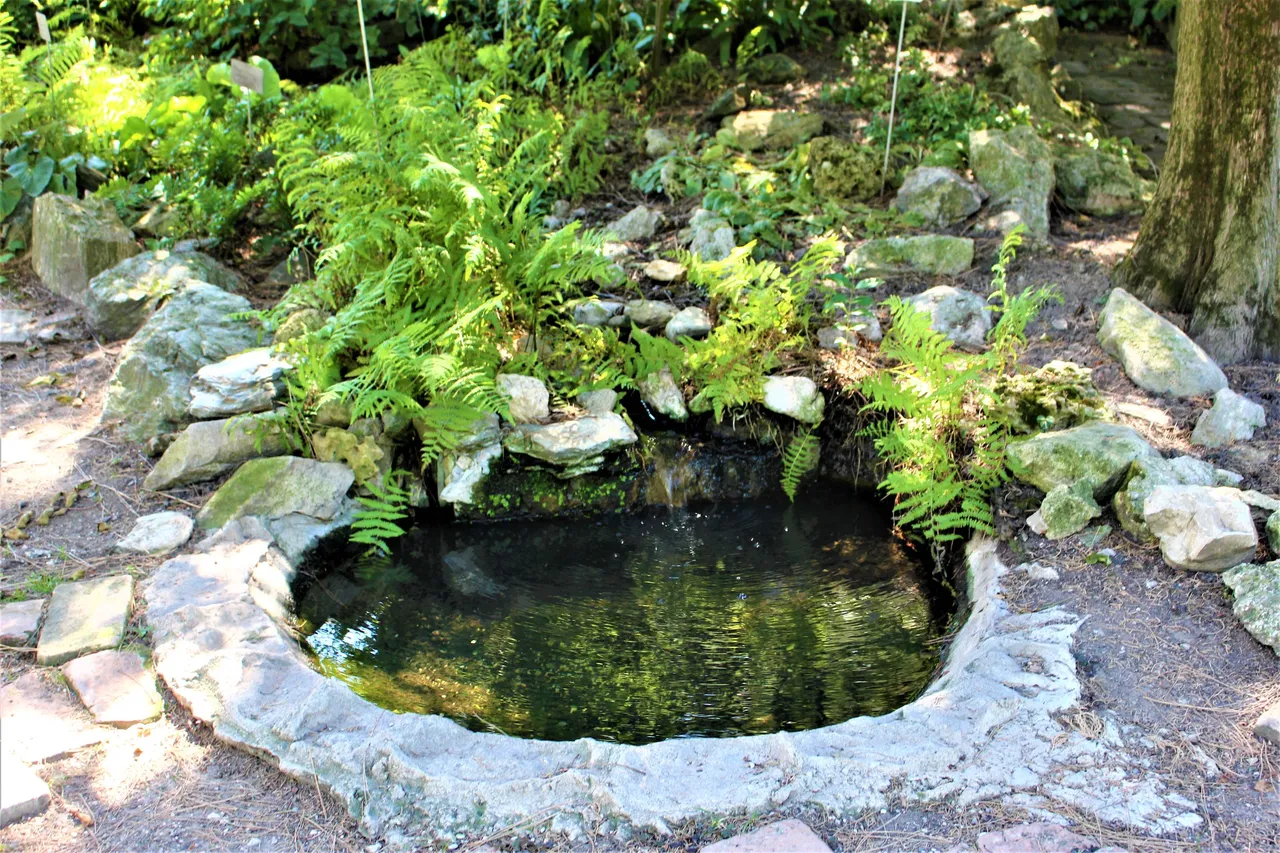
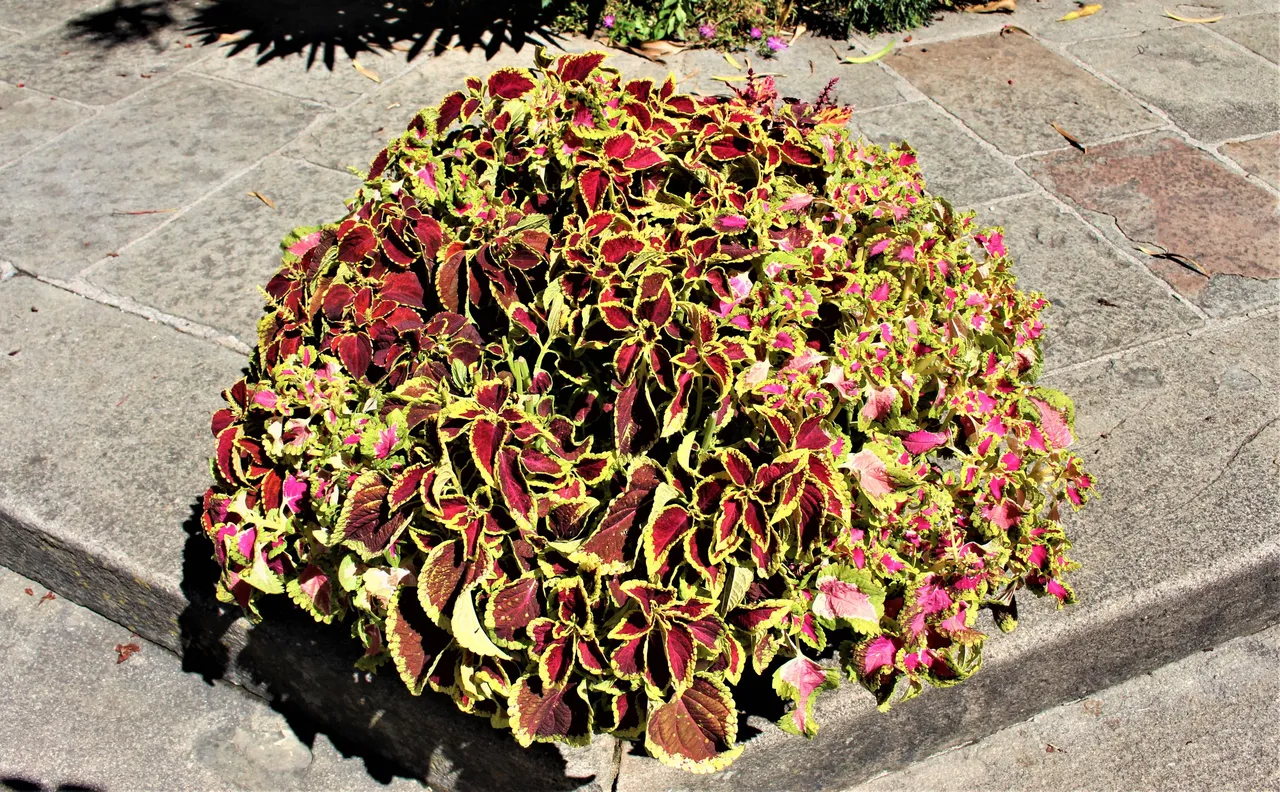
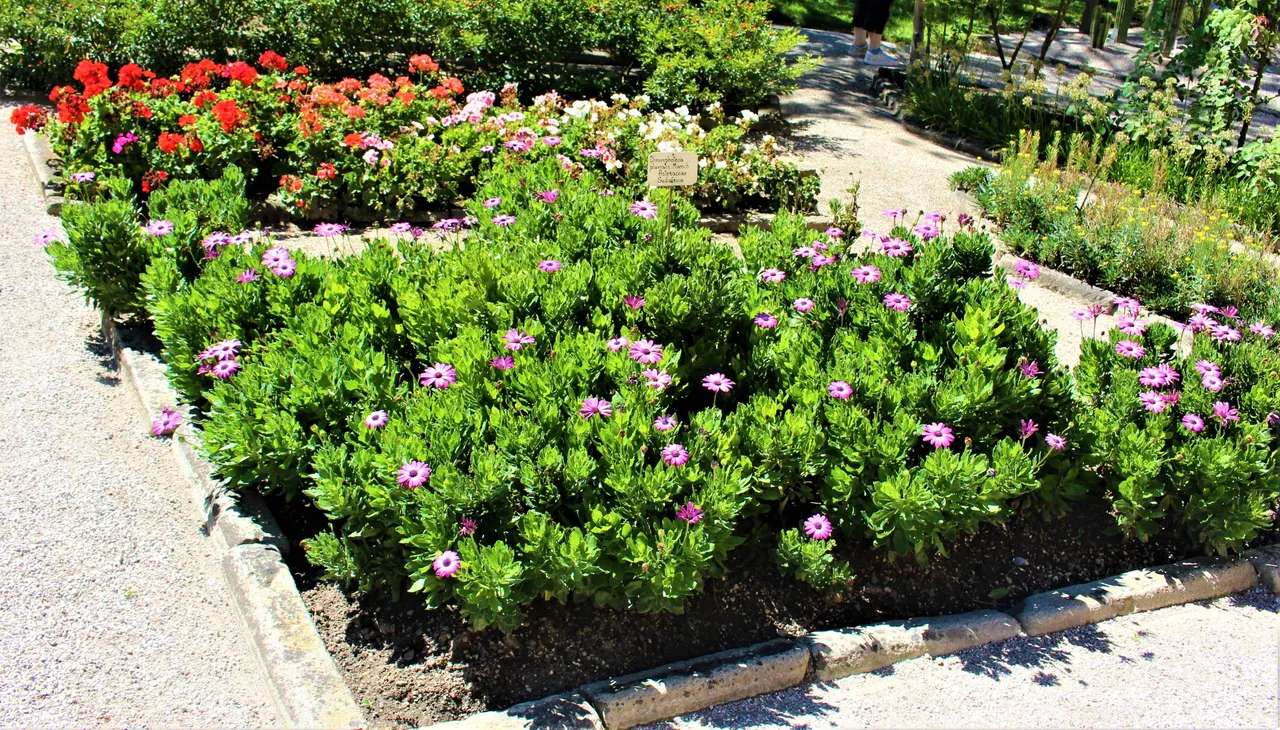
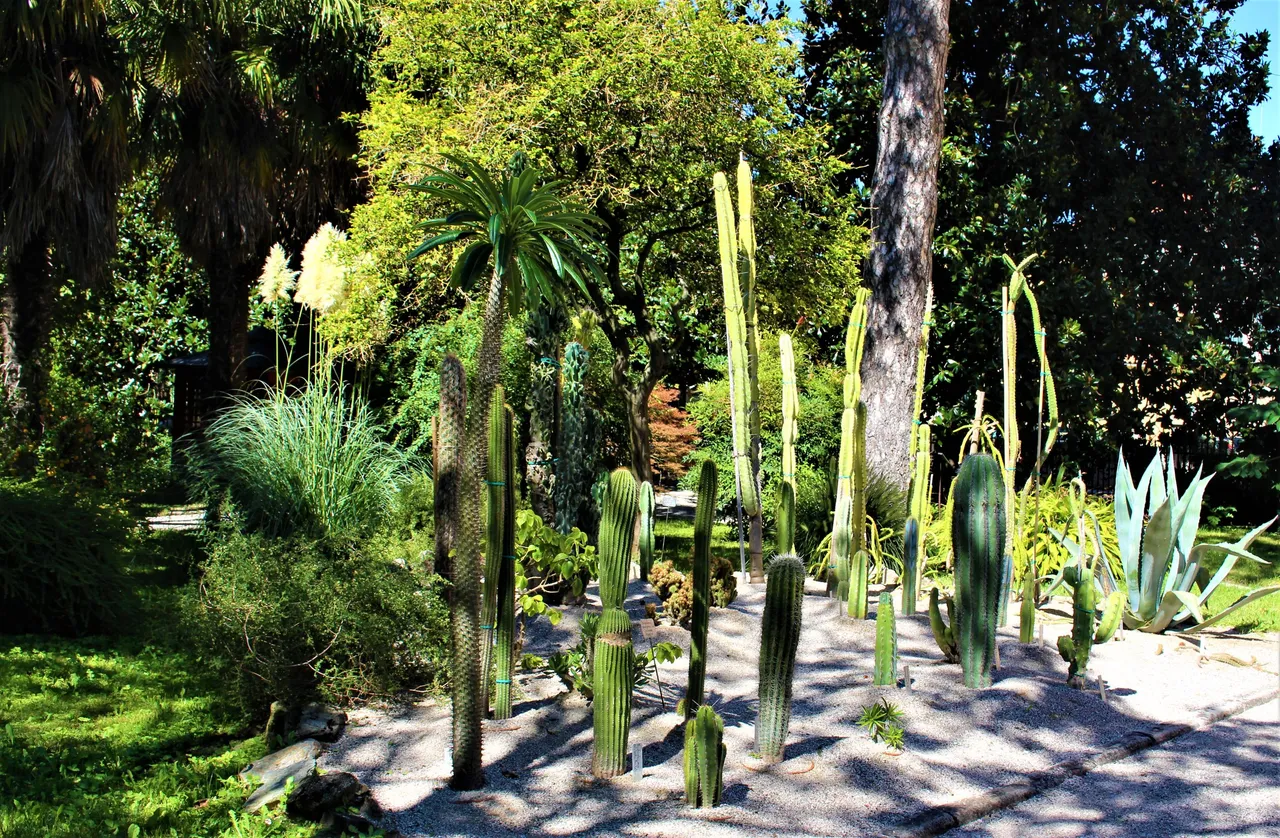

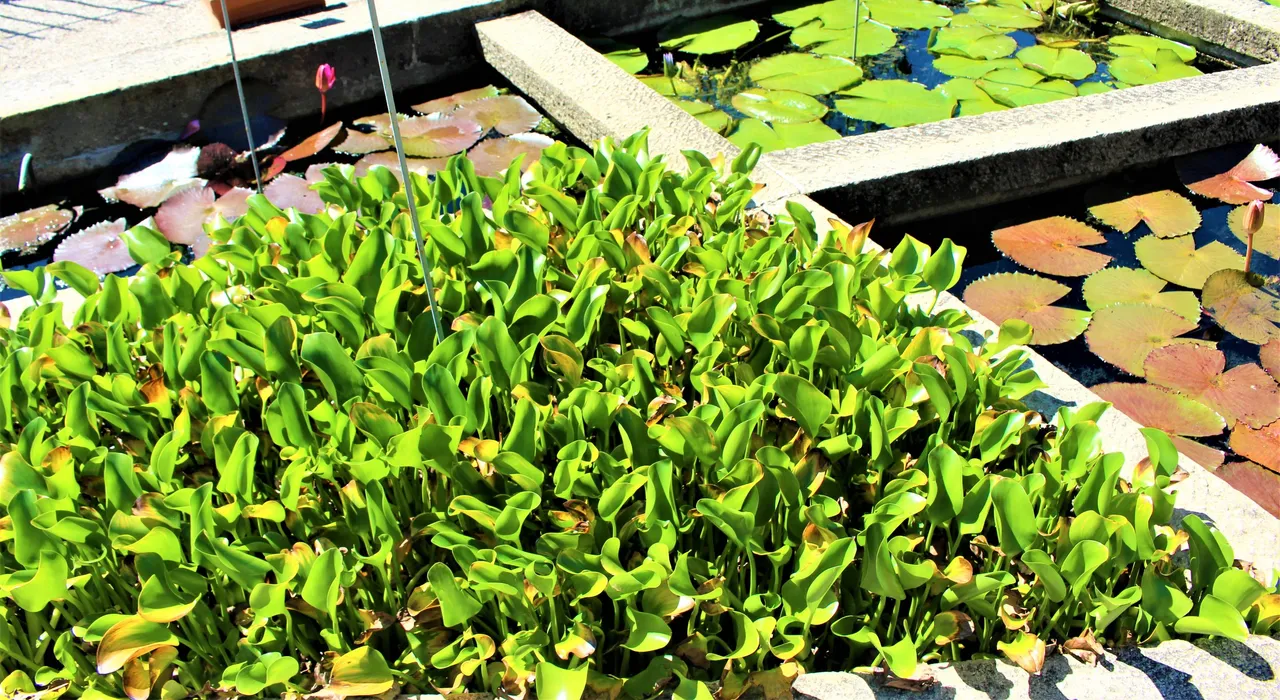
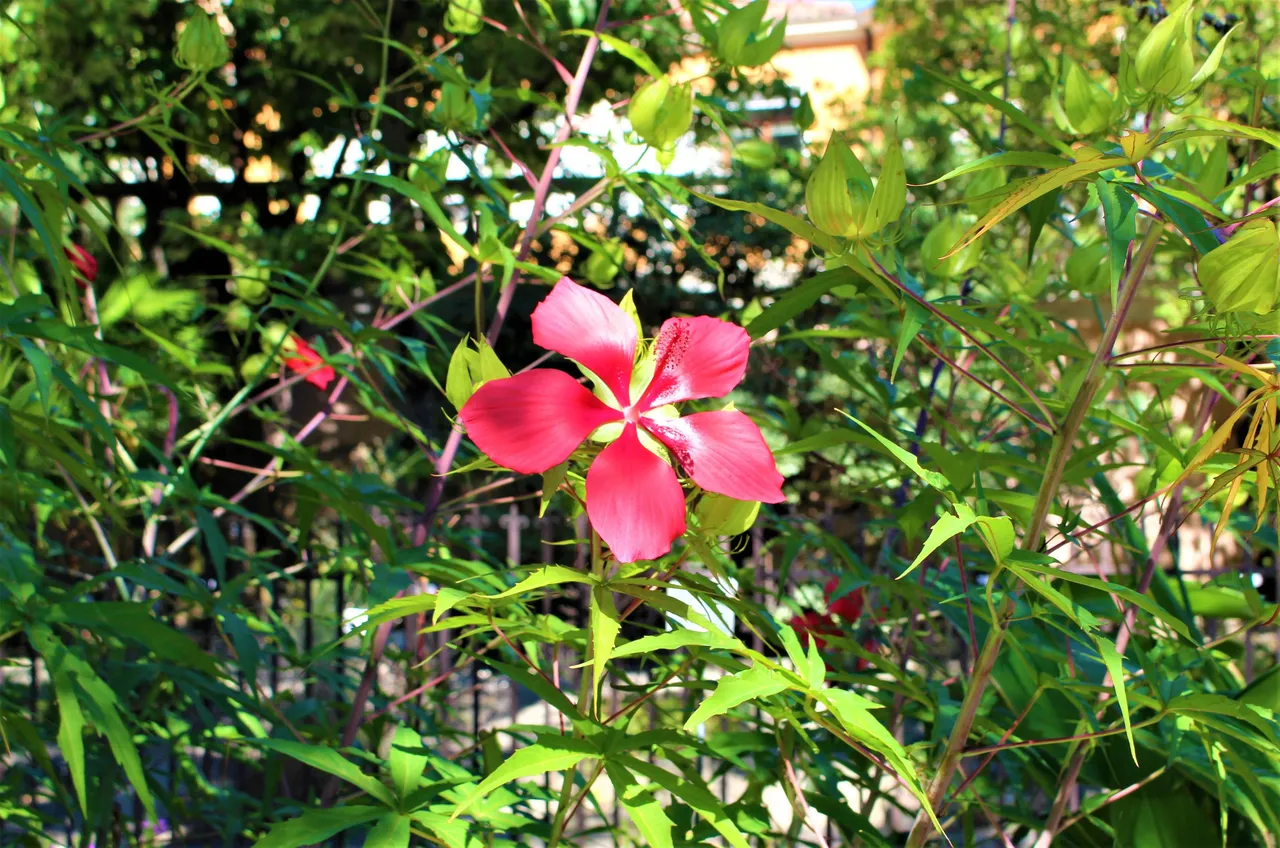
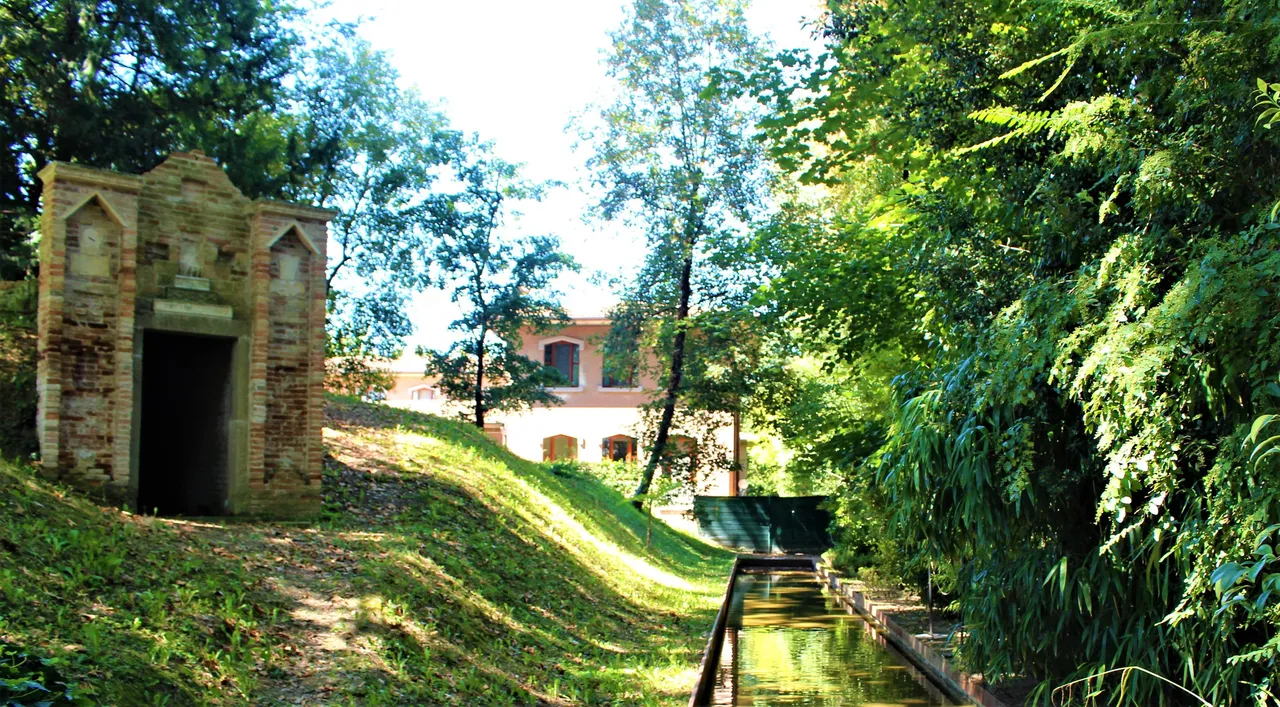

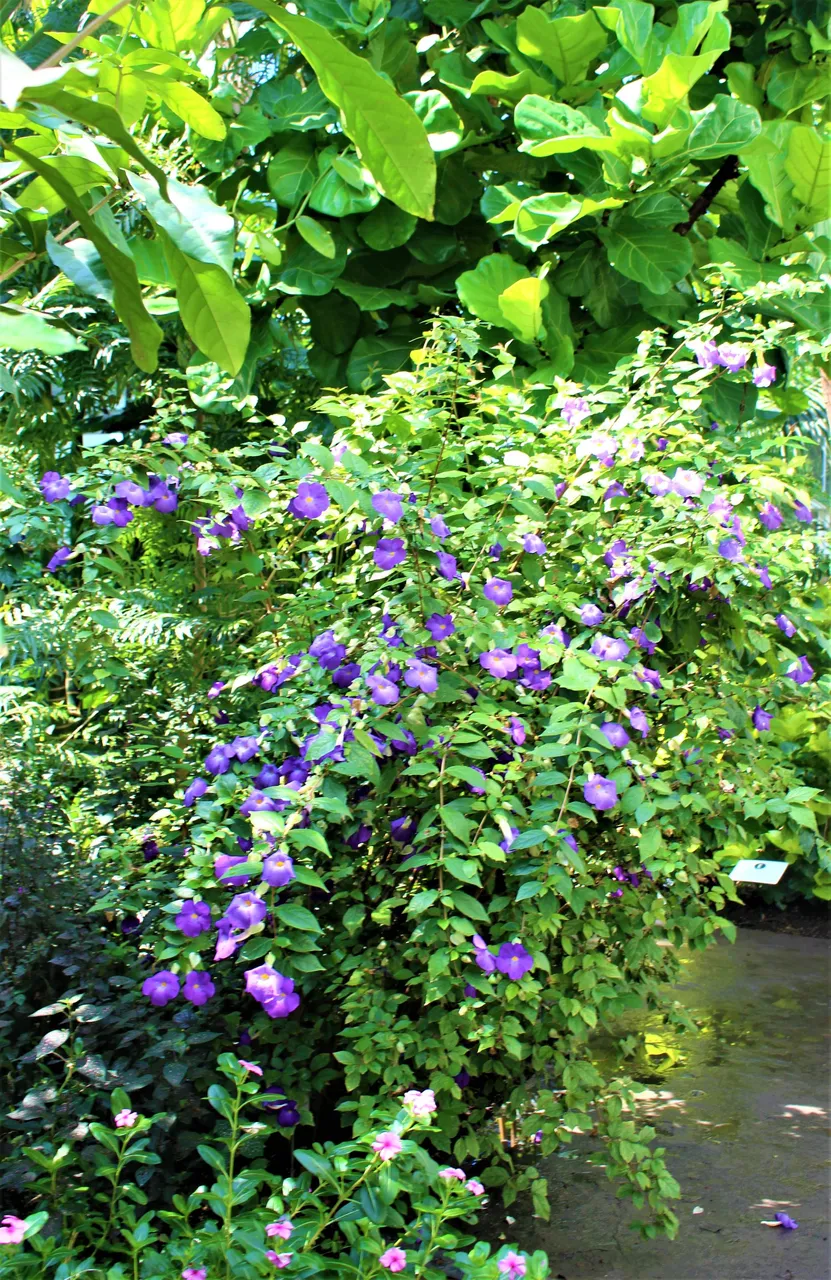
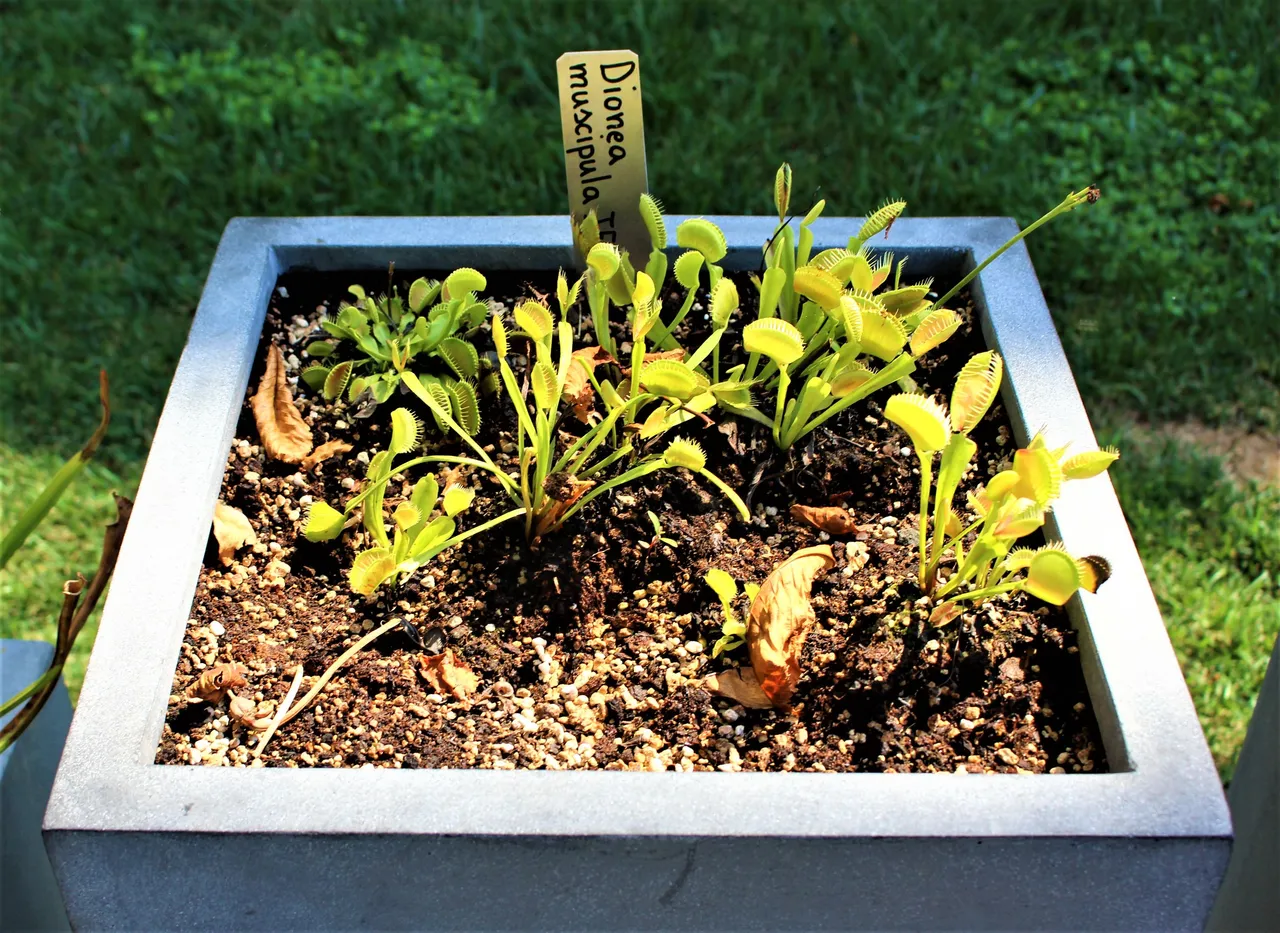
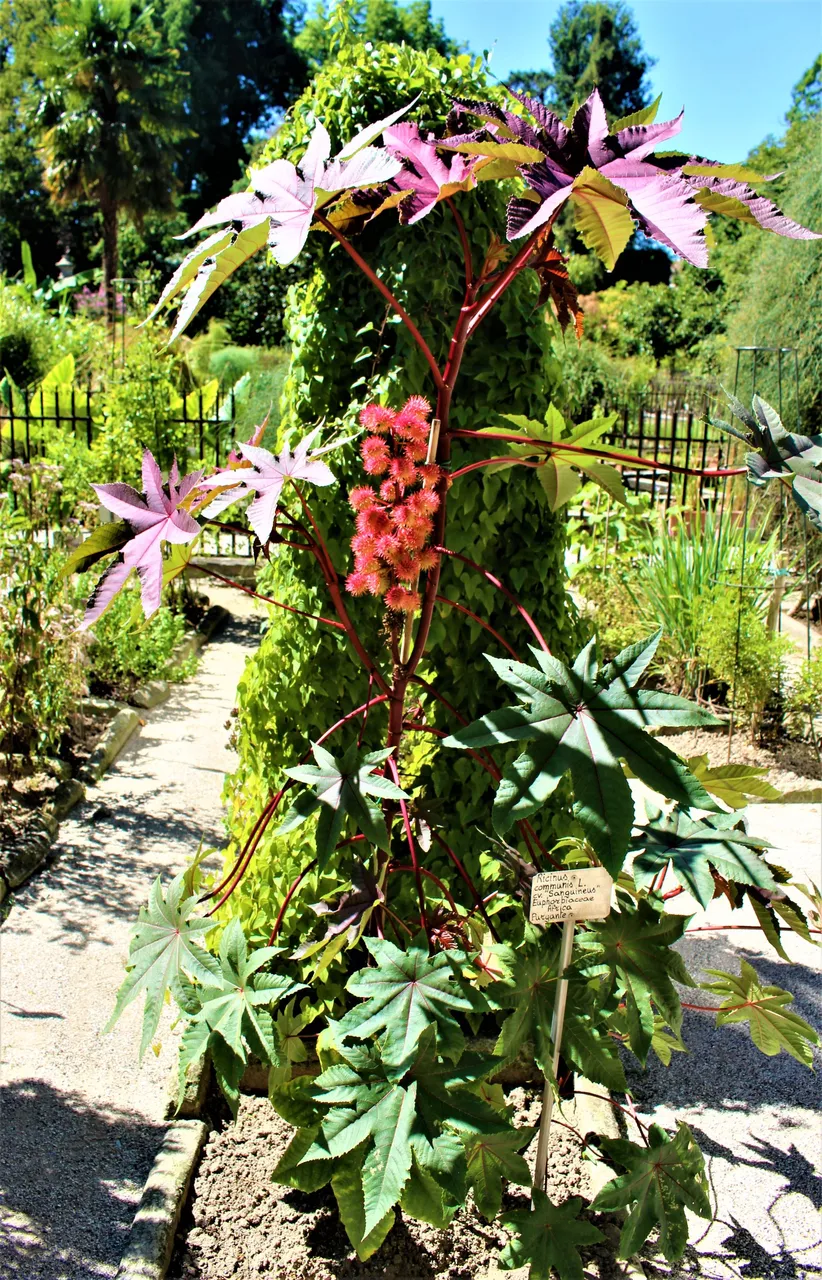
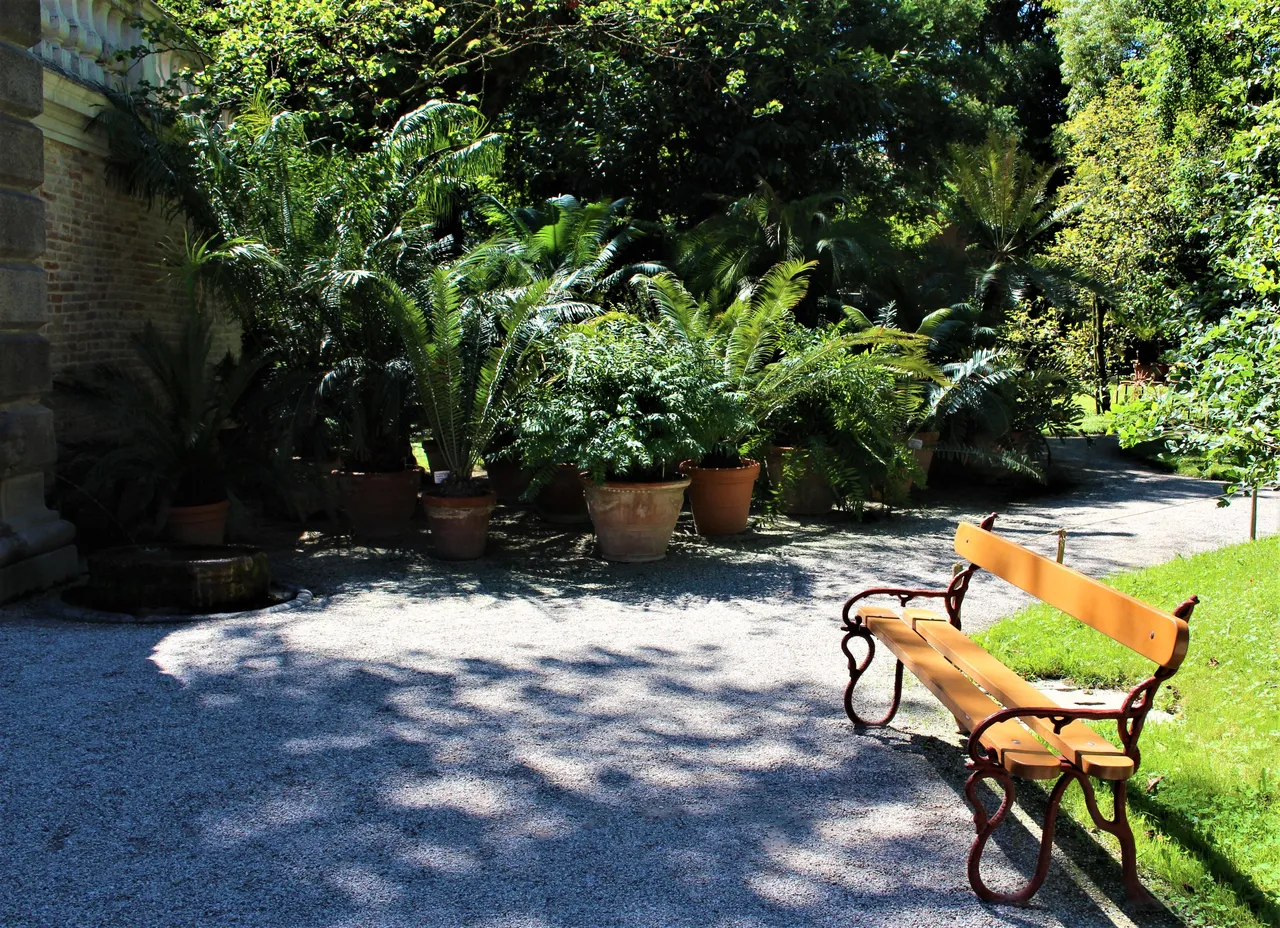

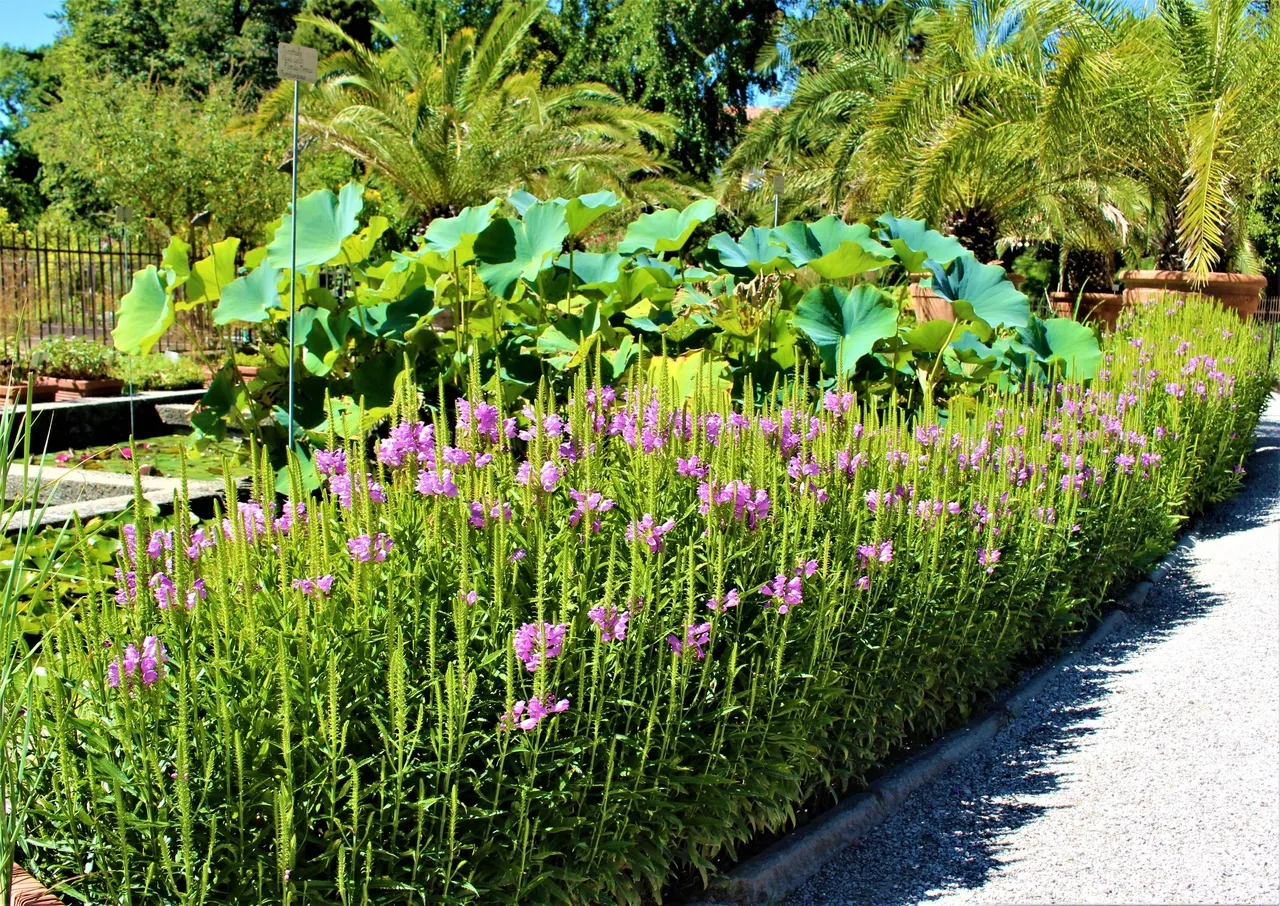
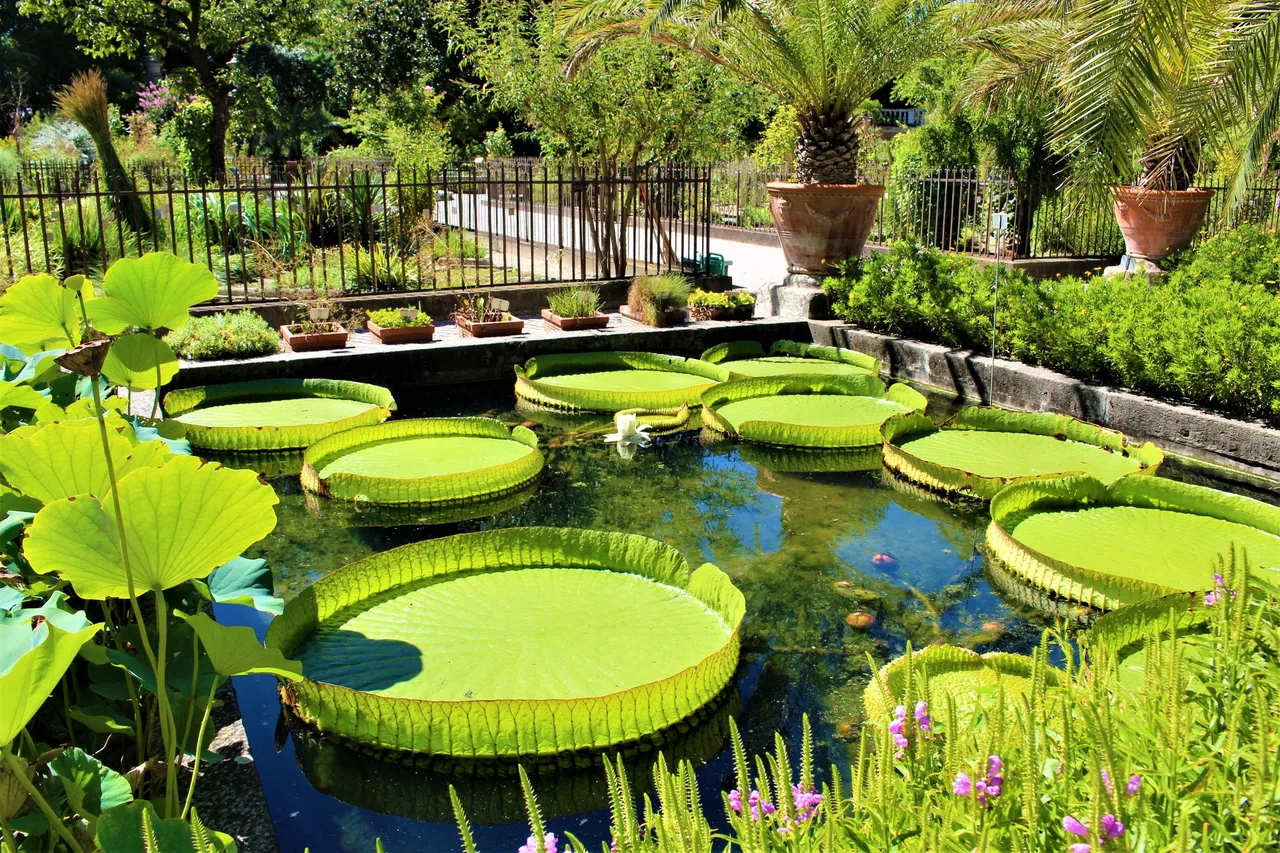

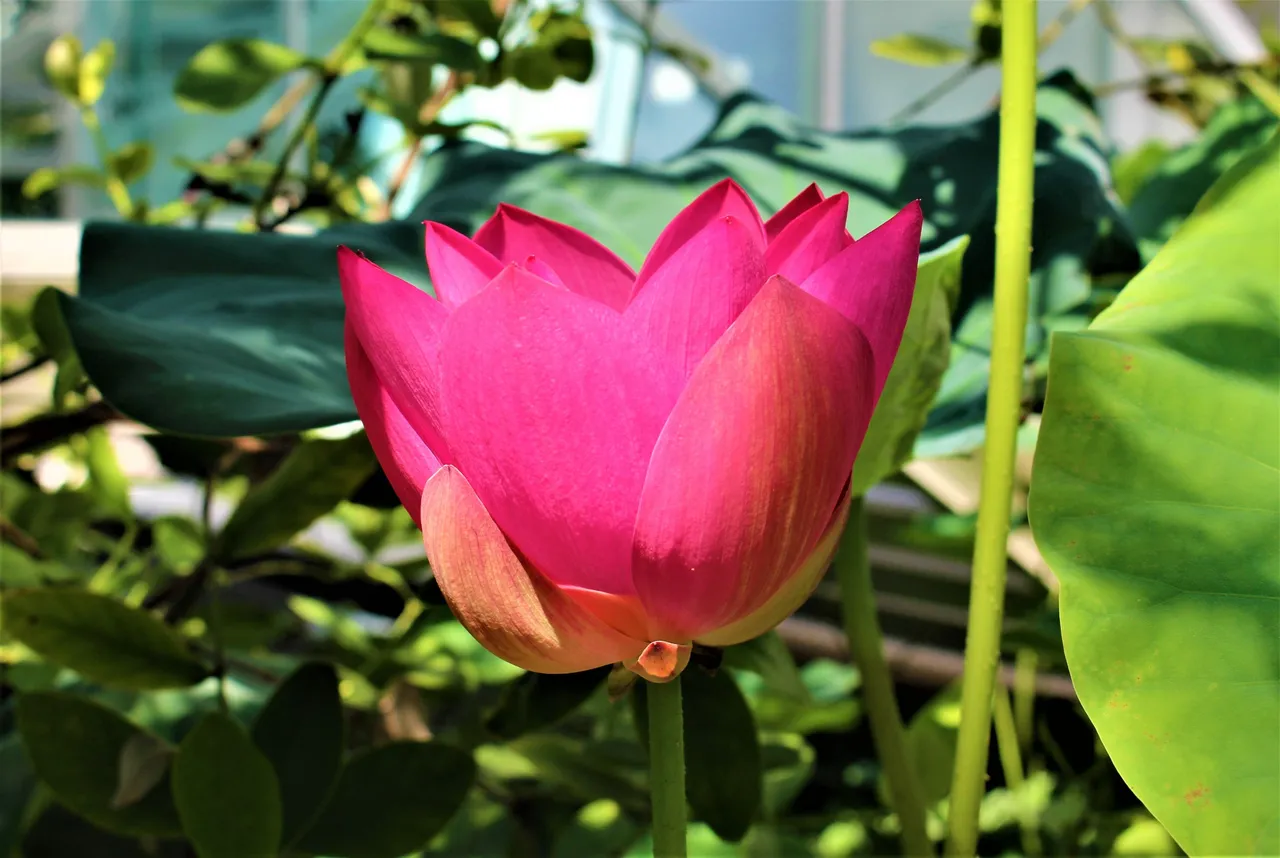

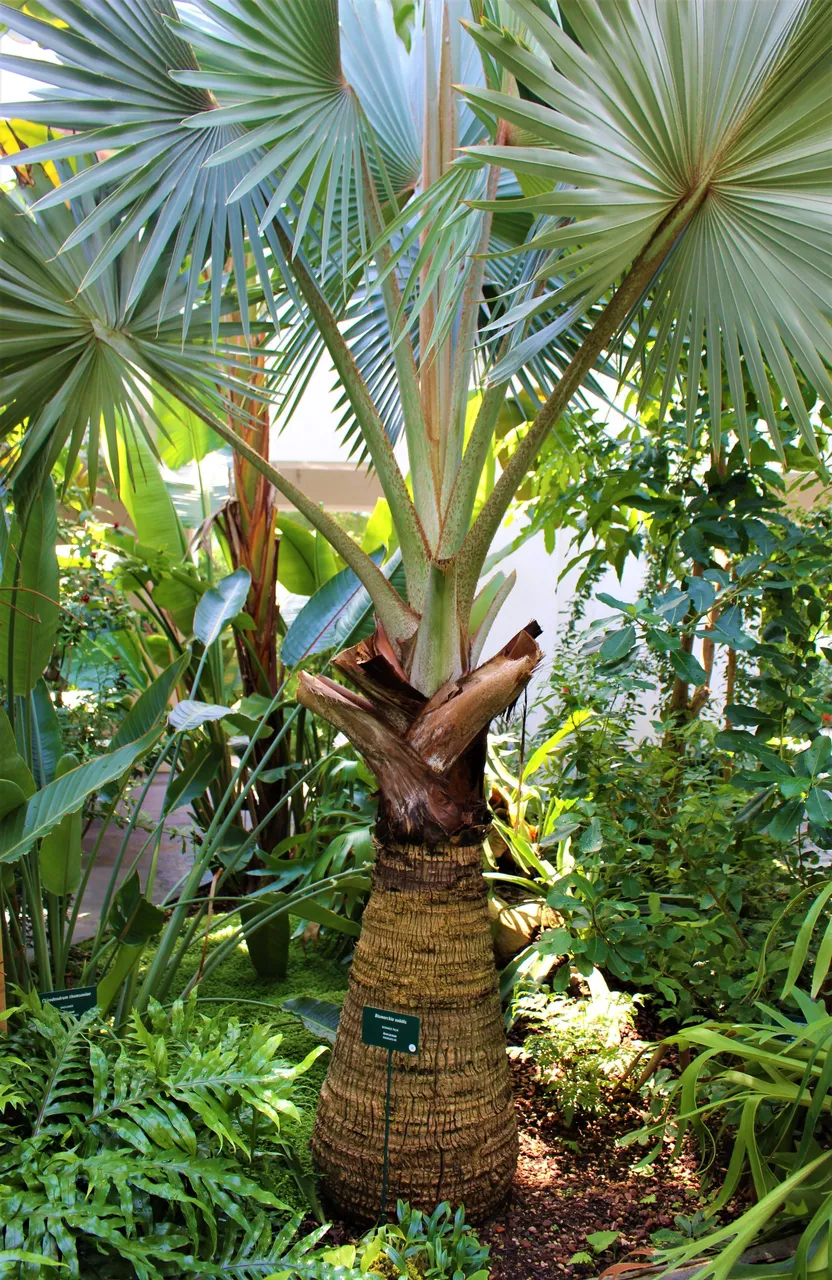
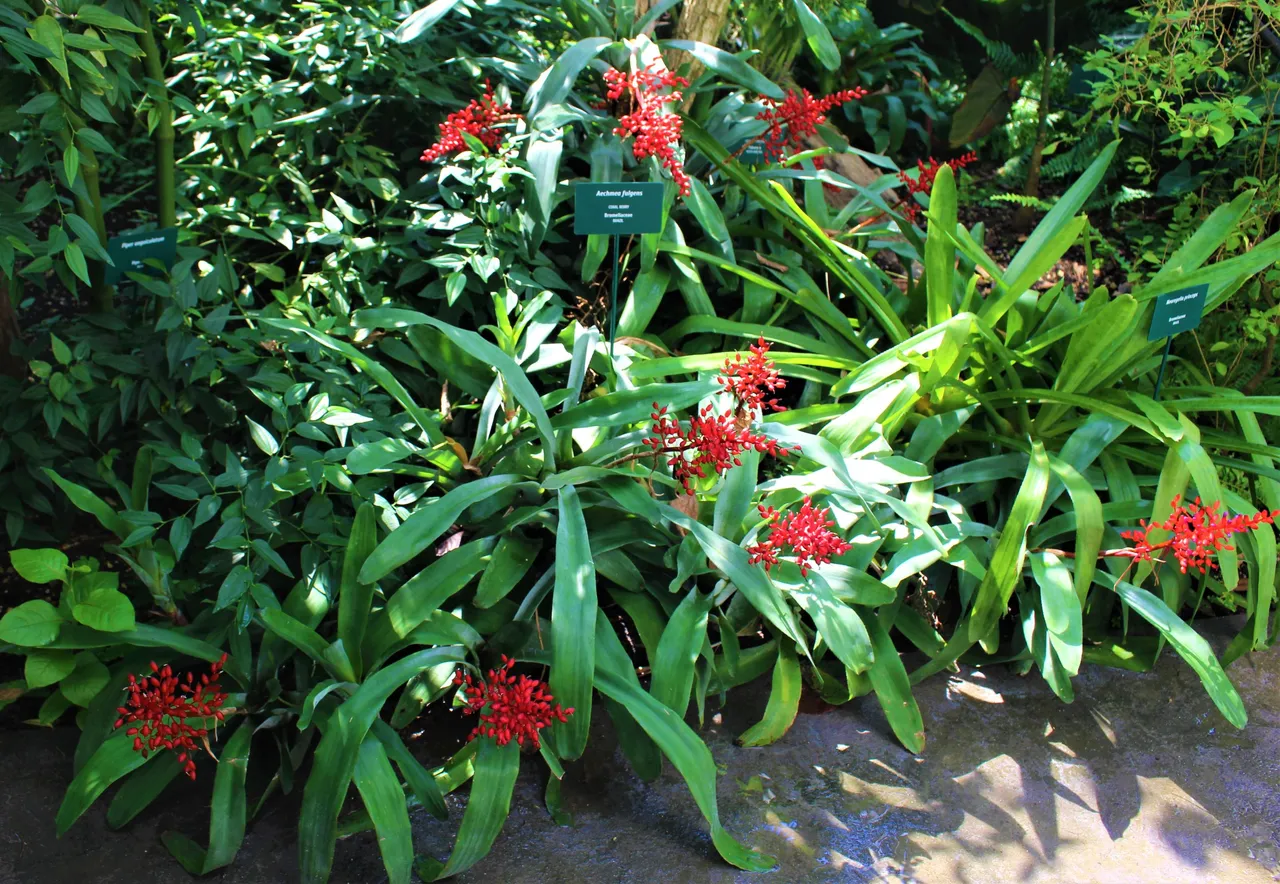
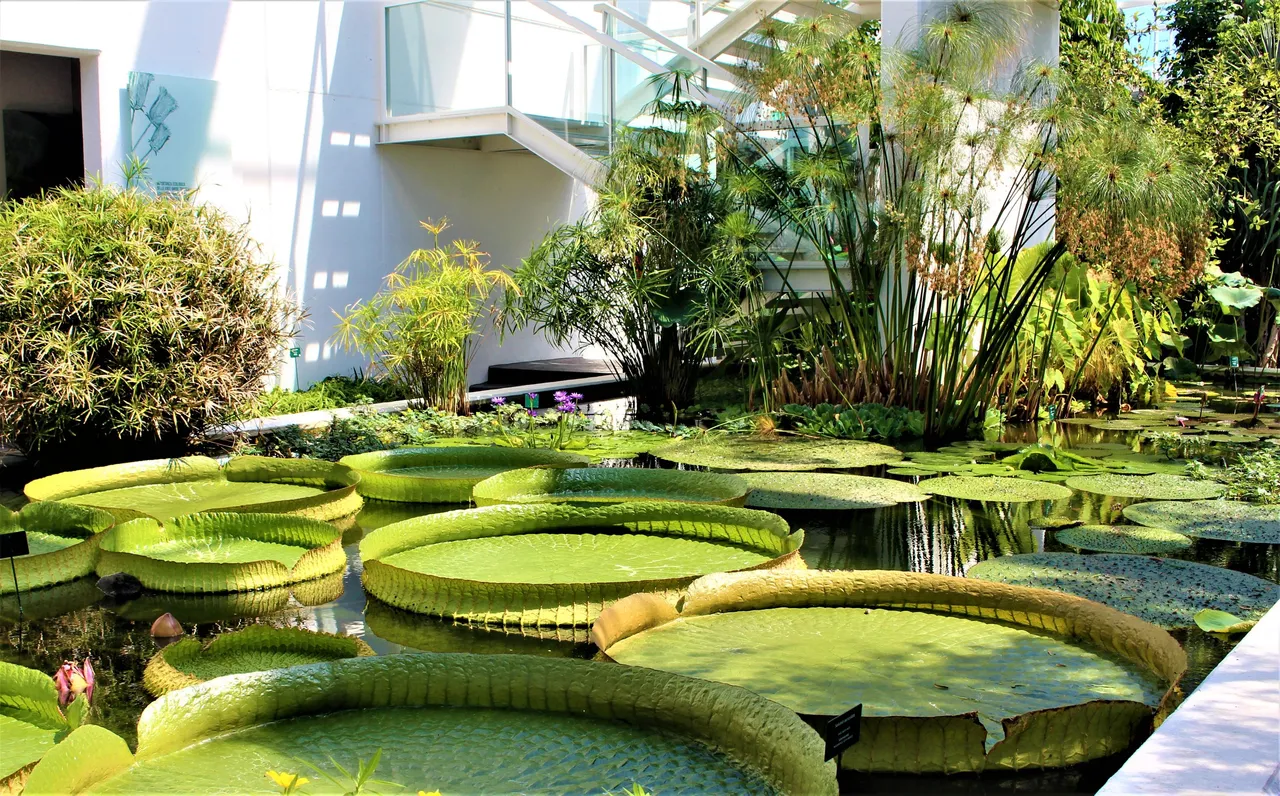
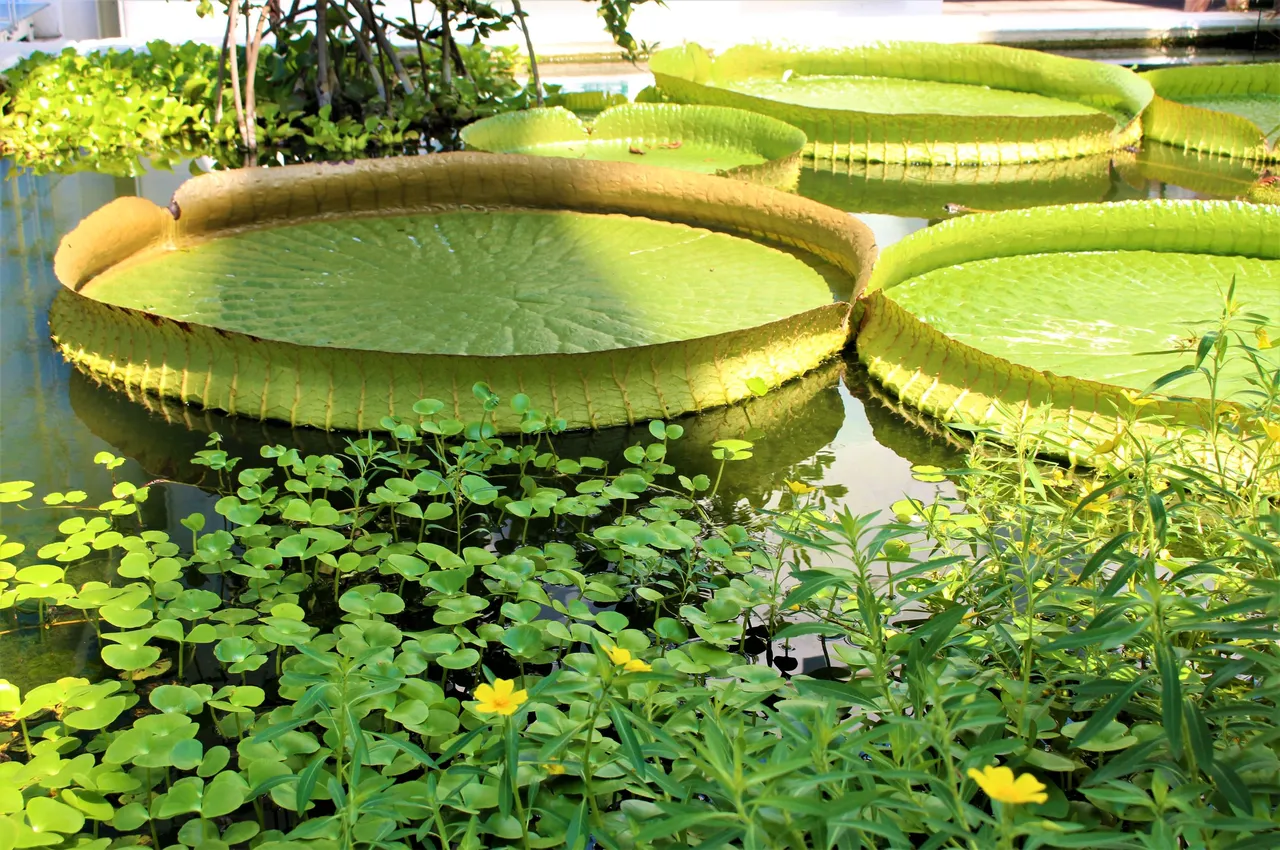
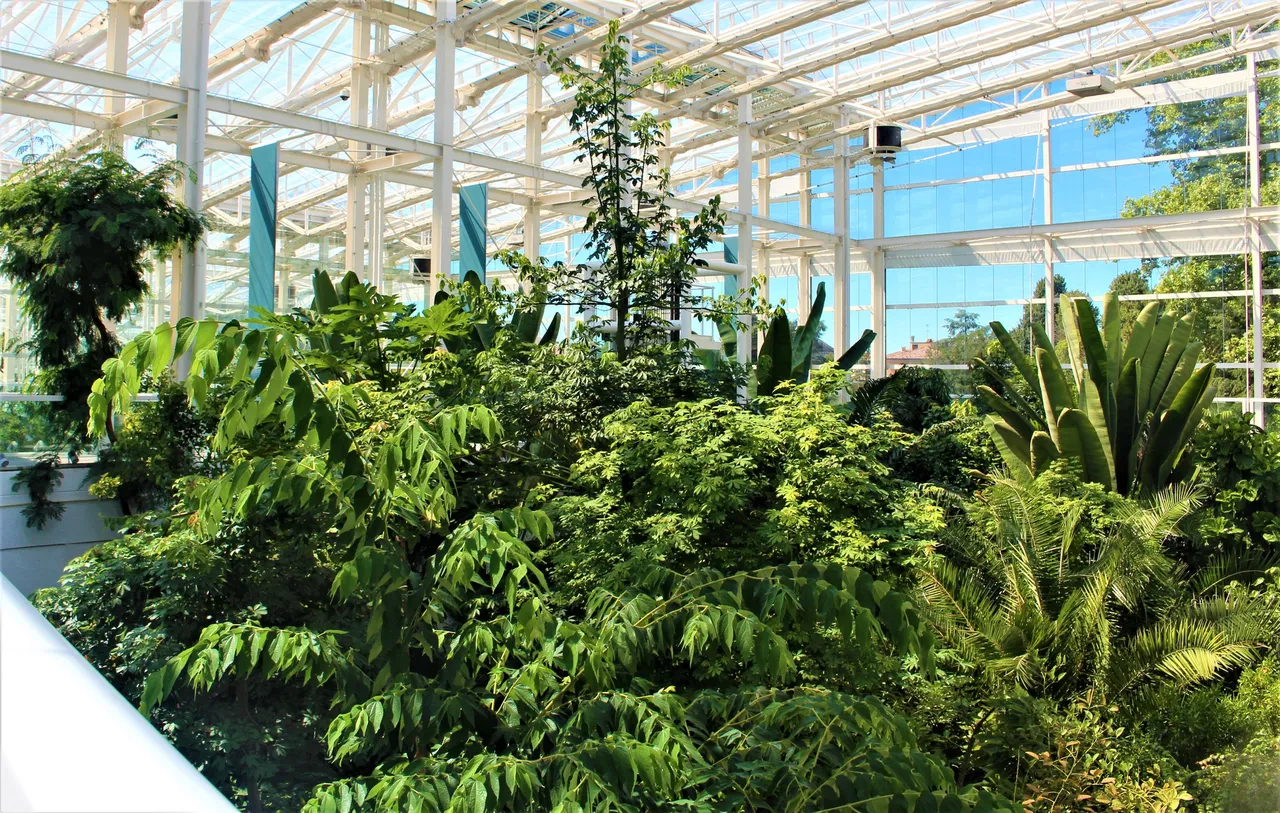
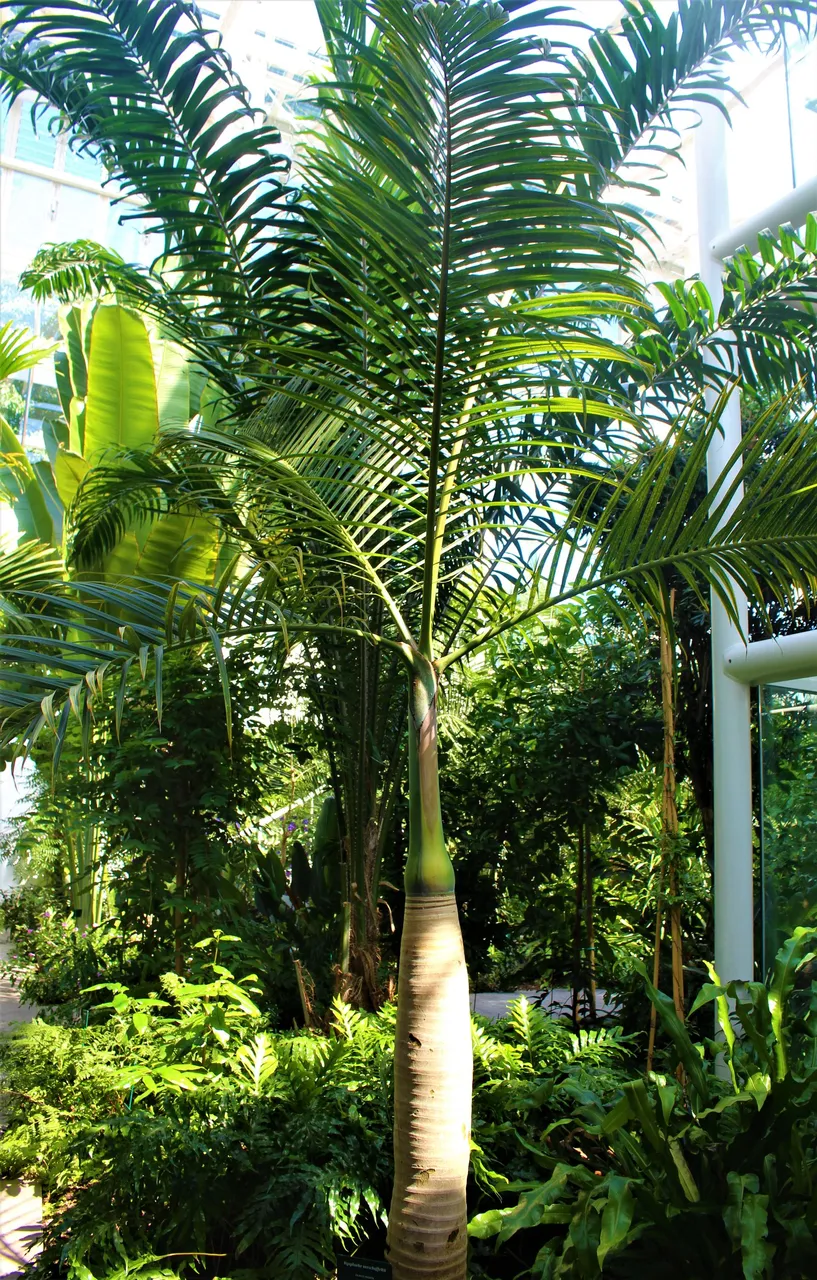
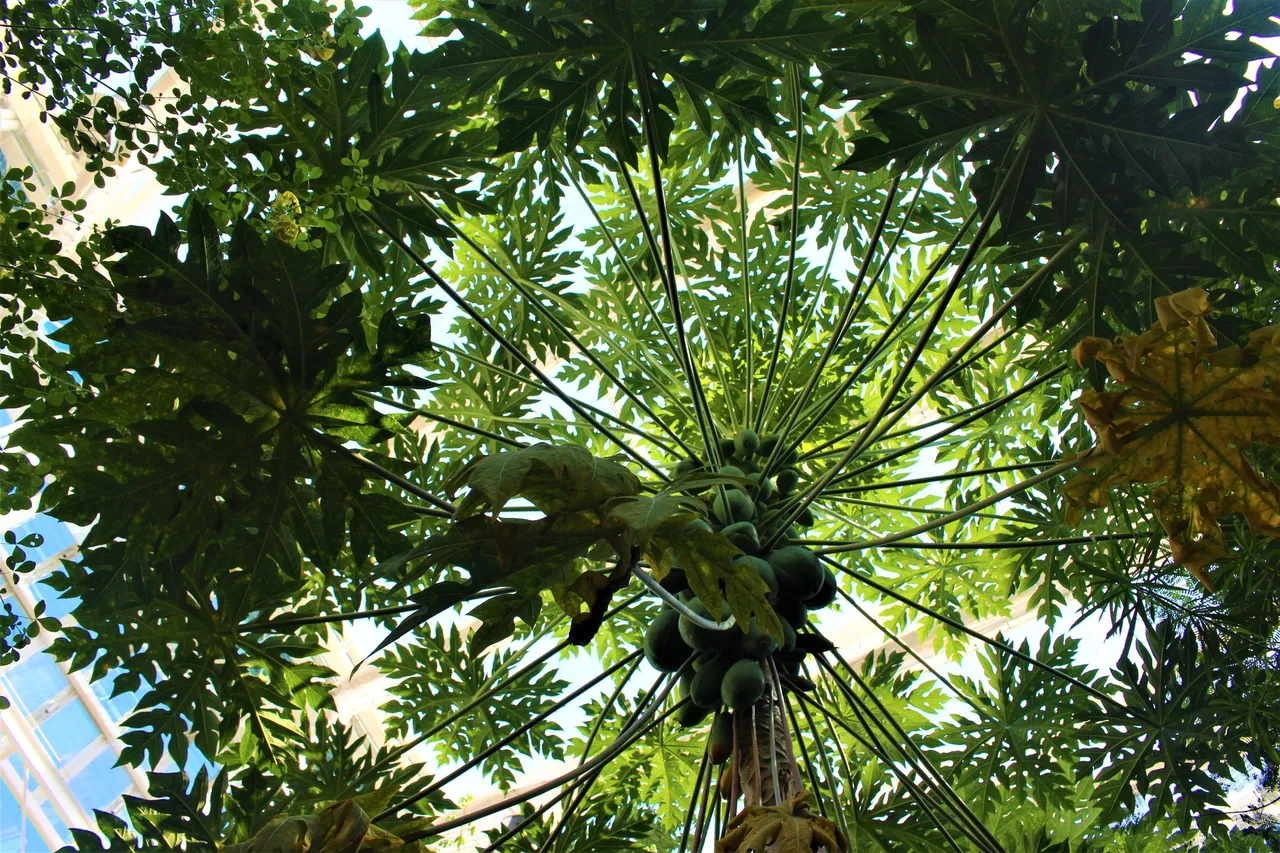
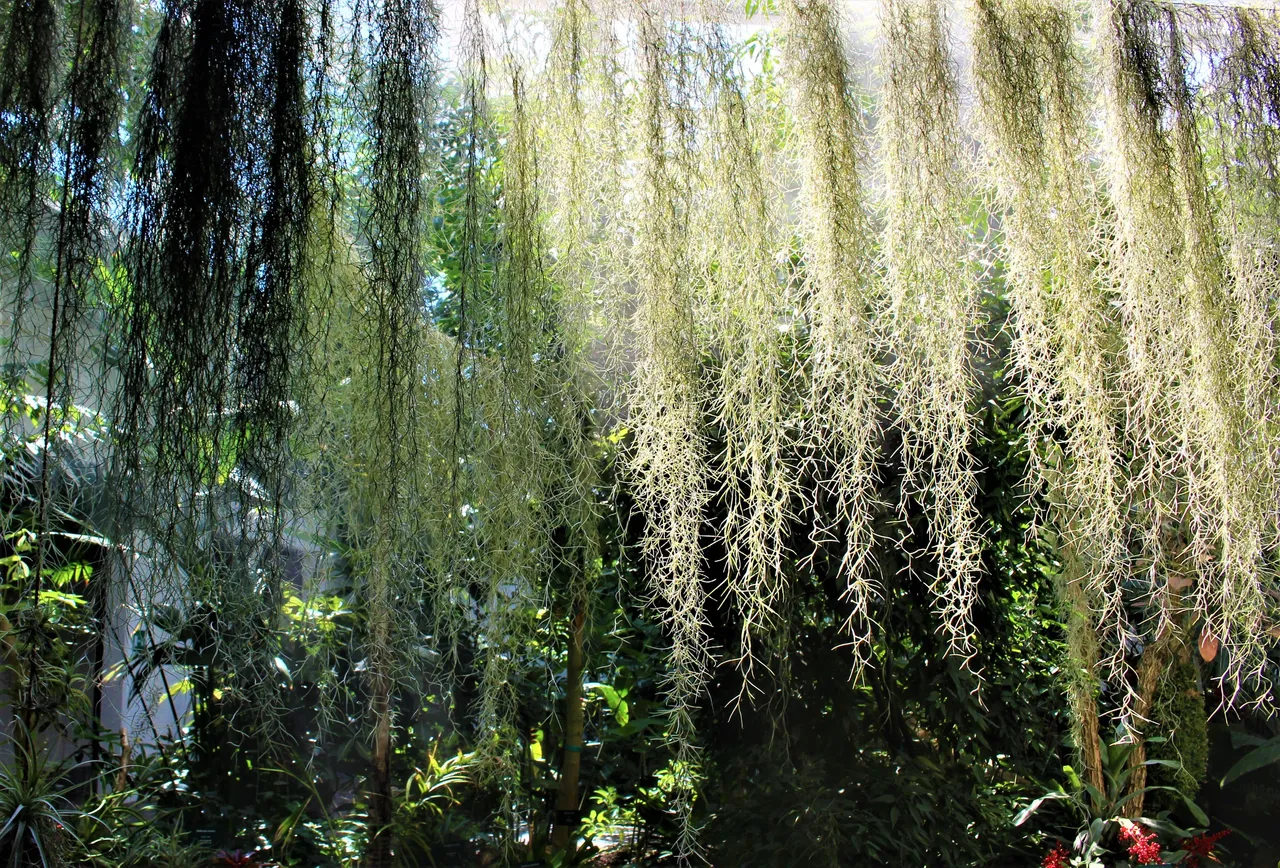
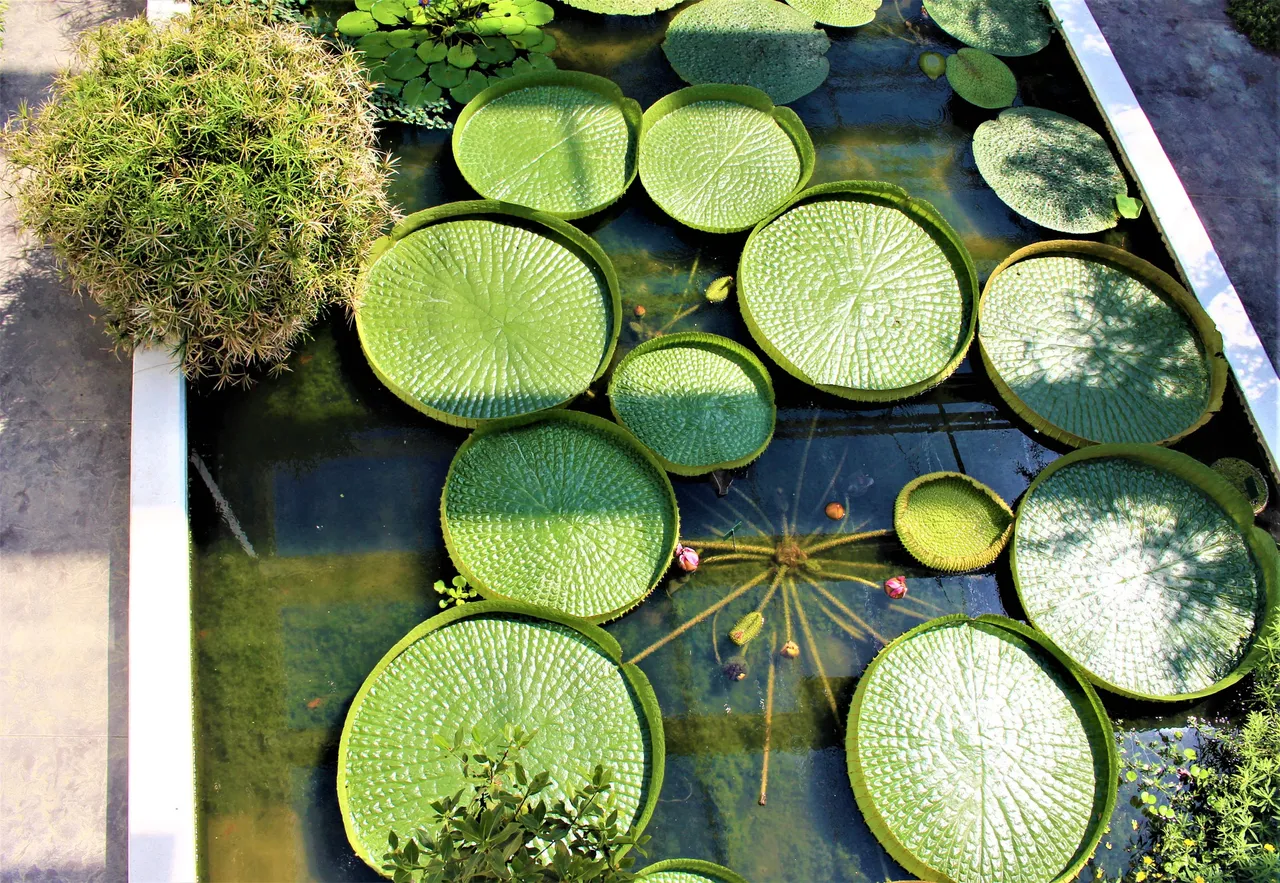
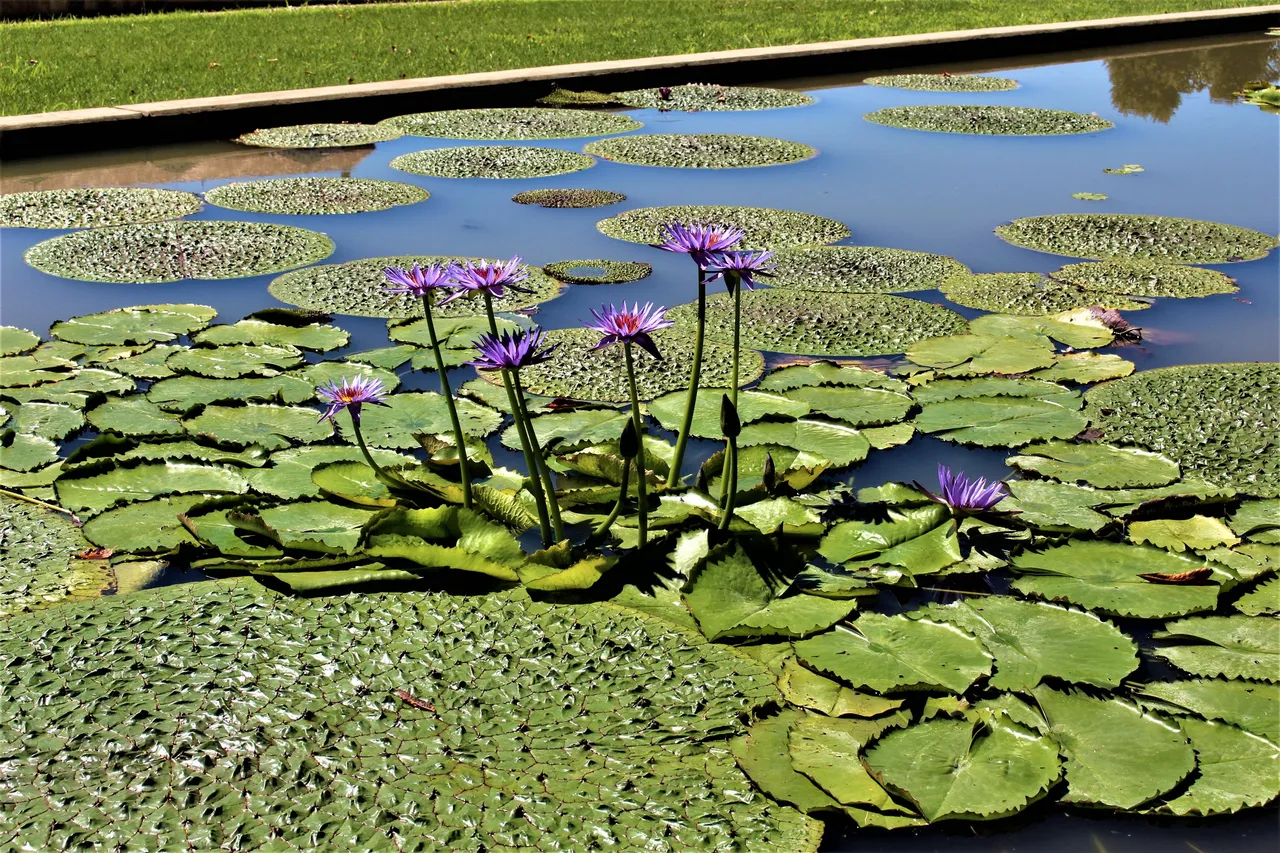
See you next time,
Delilha
ITA
Ciao a tutti!
Padova è una piccola città italiana ricca di storia e tradizioni. Uno dei motivi per cui è più conosciuta è senz’altro la sua Università. Infatti, questo ateneo eccelle in numerose discipline, tra cui le scienze biologiche.
Oggi vi porto con me a scoprire l’orto botanico dell’Università di Padova. Esso ha origine molto antiche: è stato istituito nel 1545 per la coltivazione delle piante medicinali, dette anche “semplici”, ovvero le piante che servivano per la preparazione dei medicinali. Proprio per questo motivo, i primi orti botanici sono stati chiamati “giardini dei semplici”, in latino "horti simplicium". L’istituzione dell’orto fu essenziale per istruire i giovani studenti nel riconoscimento delle piante medicinali, in maniera tale da poterle distinguere chiaramente dalle numerose sofisticazioni. Infatti, all’epoca erano frequenti gli errori e anche le frodi, con grave danno per la salute pubblica.
A causa della rarità dei vegetali contenuti e per il prezzo dei medicinali da essi ricavati, l’orto era spesso oggetto di furti notturni, tanto che venne presto istituito un muro di recinzione circolare che diede il nome di “hortus sphaericus” oppure “hortus cinctus”.
L’orto botanico di Padova era continuamente arricchito da piante sia autoctone che proveniente da varie parti del mondo, in quanto la Repubblica di Venezia intraprendeva numerosi scambi commerciali oltre-oceano. Per questo motivo, l’orto divenne un punto di riferimento nell’introduzione e nello studio di numerose specie esotiche.
Attualmente, l’orto botanico di Padova può essere distinto nella parte antica e nella parte nuova. Quest’ultima, in particolare, nasce da un bisogno di rinnovamento ben dopo 450 anni di vita ed è chiamata “Giardino della biodiversità”. Si tratta di un complesso che ospita numerose serre, una vera e propria vetrina che rappresenta le specie presenti dalle parti più svariate del globo. All’interno del giardino della biodiversità cambiano enormemente anche le condizioni climatiche, in quanto vi sono delle zone che permettono la crescita della foresta pluviale, con abbondante umidità e temperature elevate, e delle zone in cui la vita sembra resa quasi impossibile dalle glaciali temperature e dalla scarsa umidità.
Nel corso dei secoli, l’orto si è situato al centro di una fitta rete di relazioni internazionali, esercitando una profonda influenza nell’ambiente della ricerca e svolgendo un ruolo preminente nello scambio di idee, di conoscenze, di piante e di materiale scientifico. Per questo motivo, nel 1997 l’orto botanico di Padova è stato inserito nella Lista del Patrimonio Mondiale UNESCO (World Heritage List) come bene culturale:
“L’Orto Botanico di Padova è all’origine di tutti gli orti botanici del mondo e rappresenta la culla della scienza, degli scambi scientifici e della comprensione delle relazioni tra la natura e la cultura. Ha largamente contribuito al progresso di numerose discipline scientifiche moderne, in particolare la botanica, la medicina, la chimica, l’ecologia e la farmacia”.
Vi lascio con alcune foto scattate durante la mia visita all’orto botanico di Padova. Spero vi piacciano! Grazie per aver letto fino a qui.



















































Alla prossima,
Delilha
Sources – Fonti
https://www.ortobotanicopd.it/
